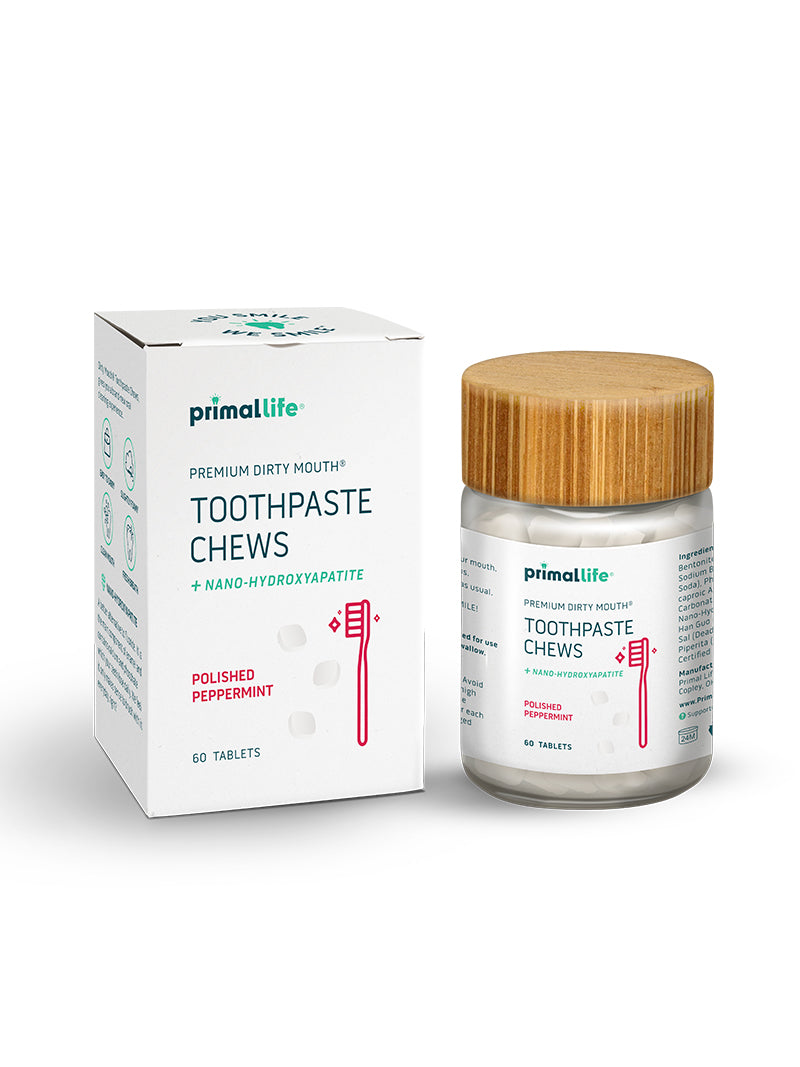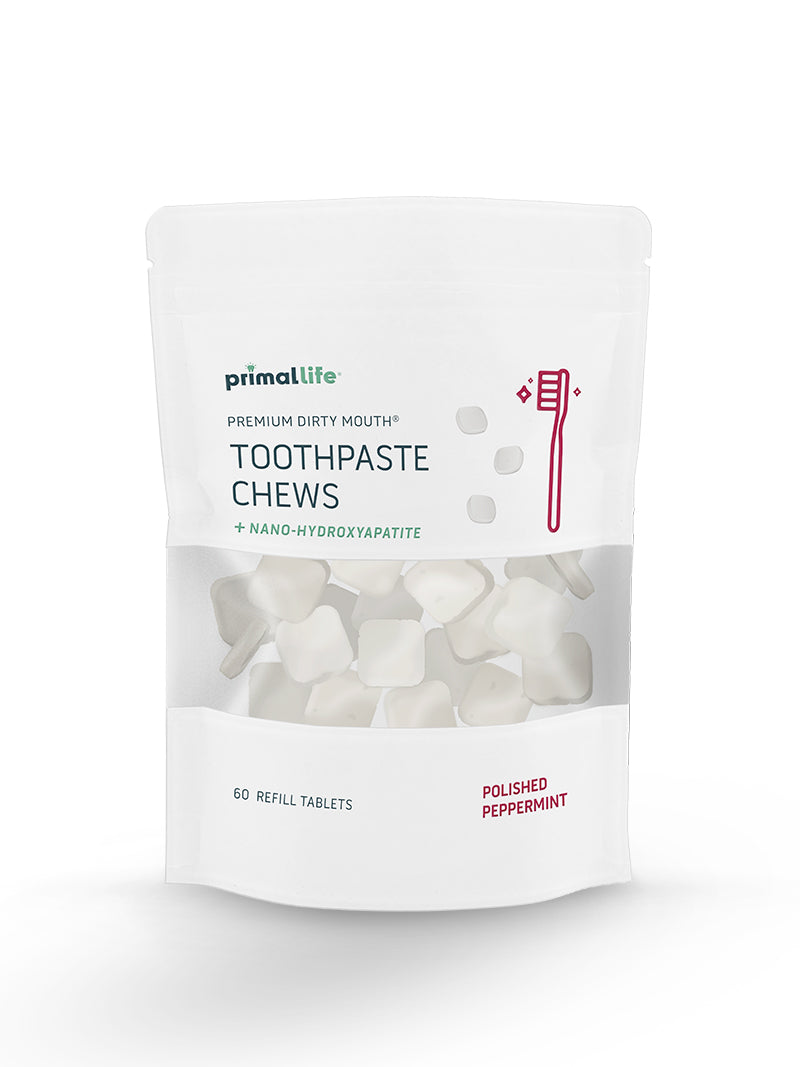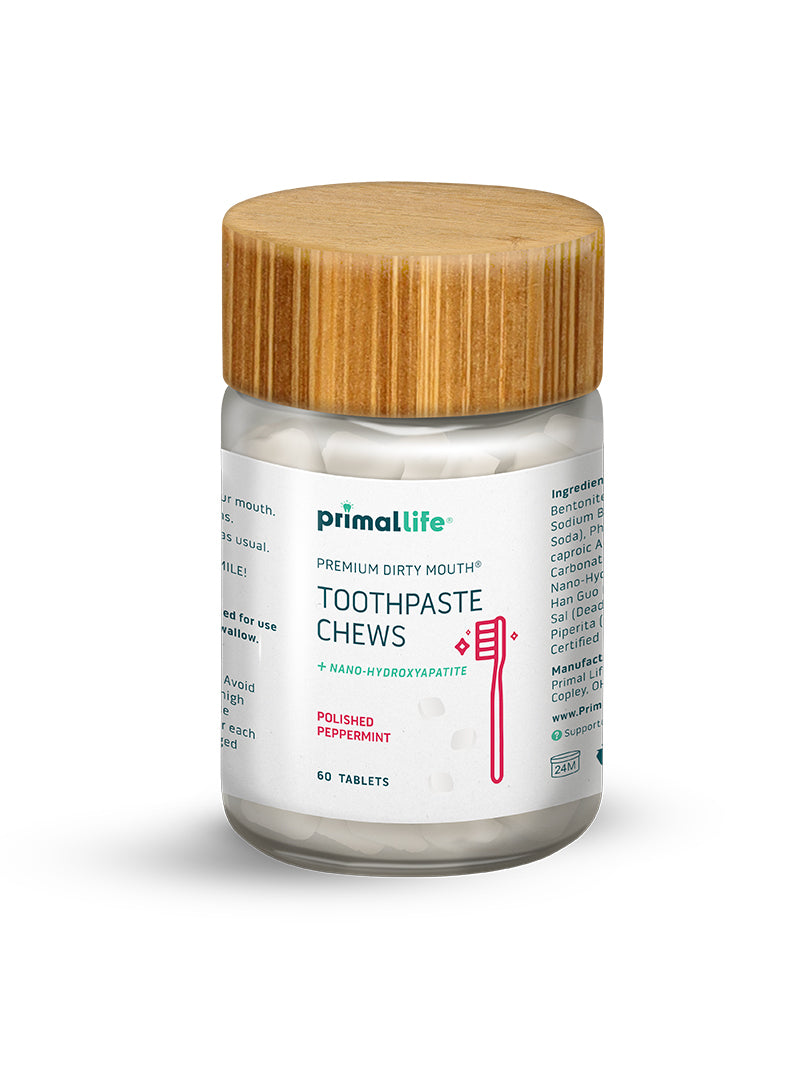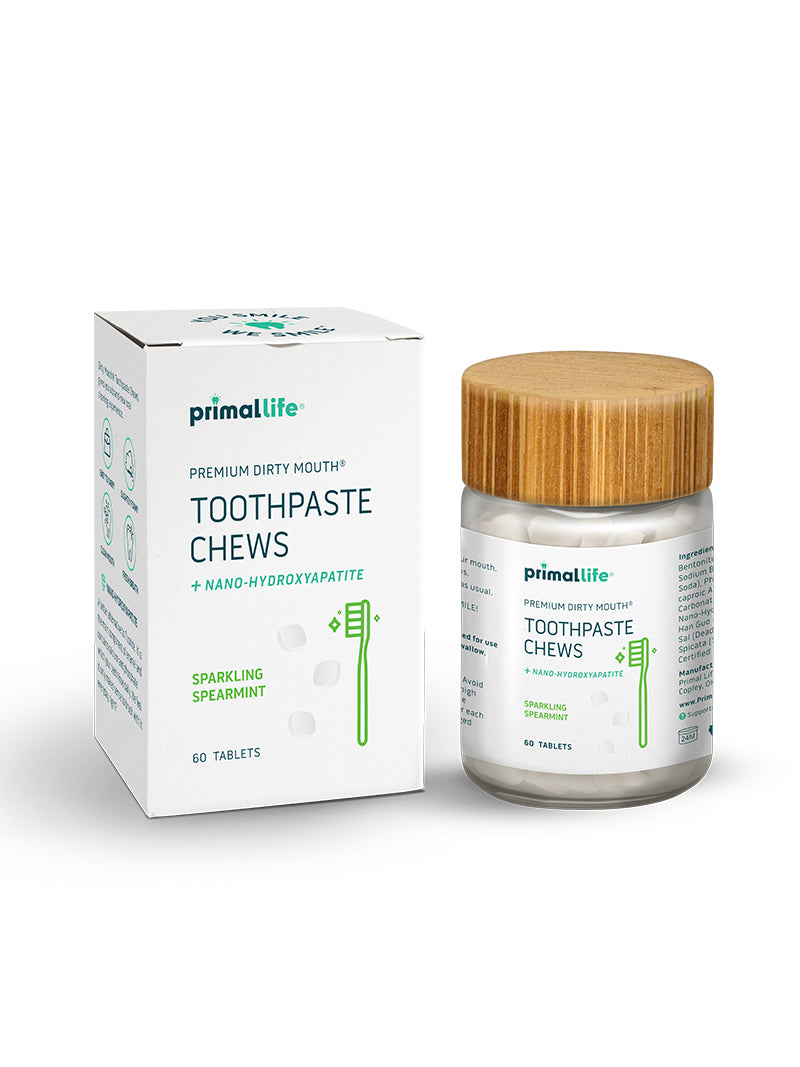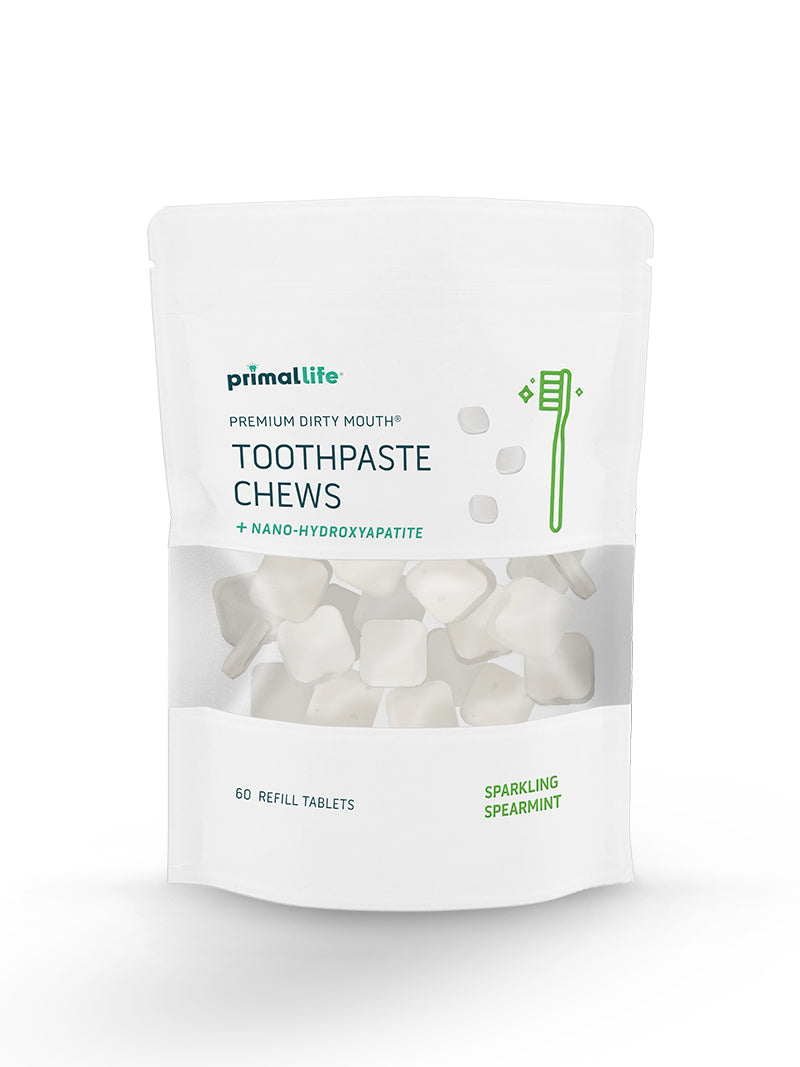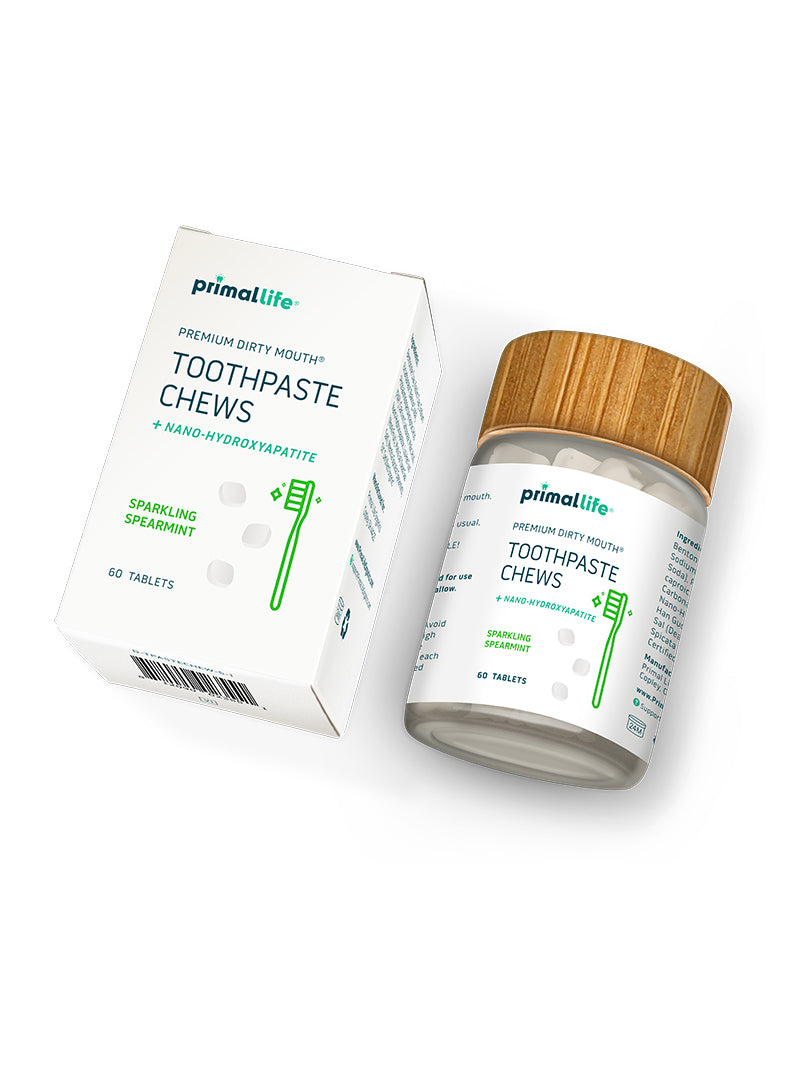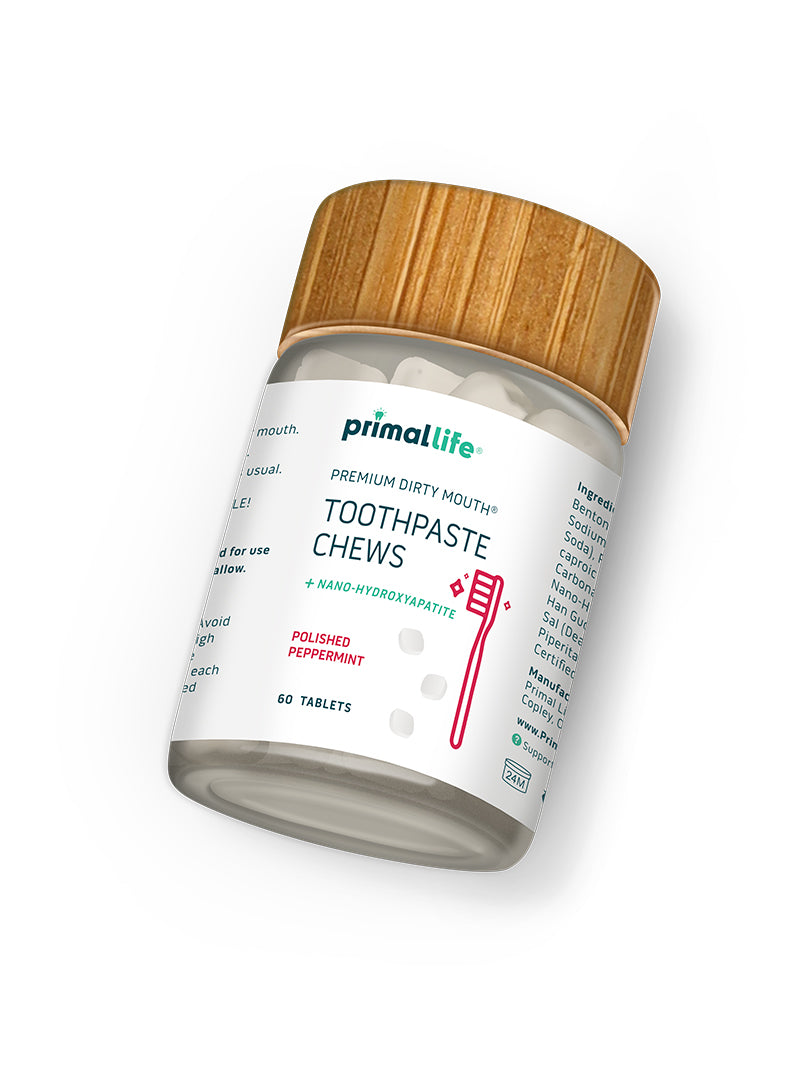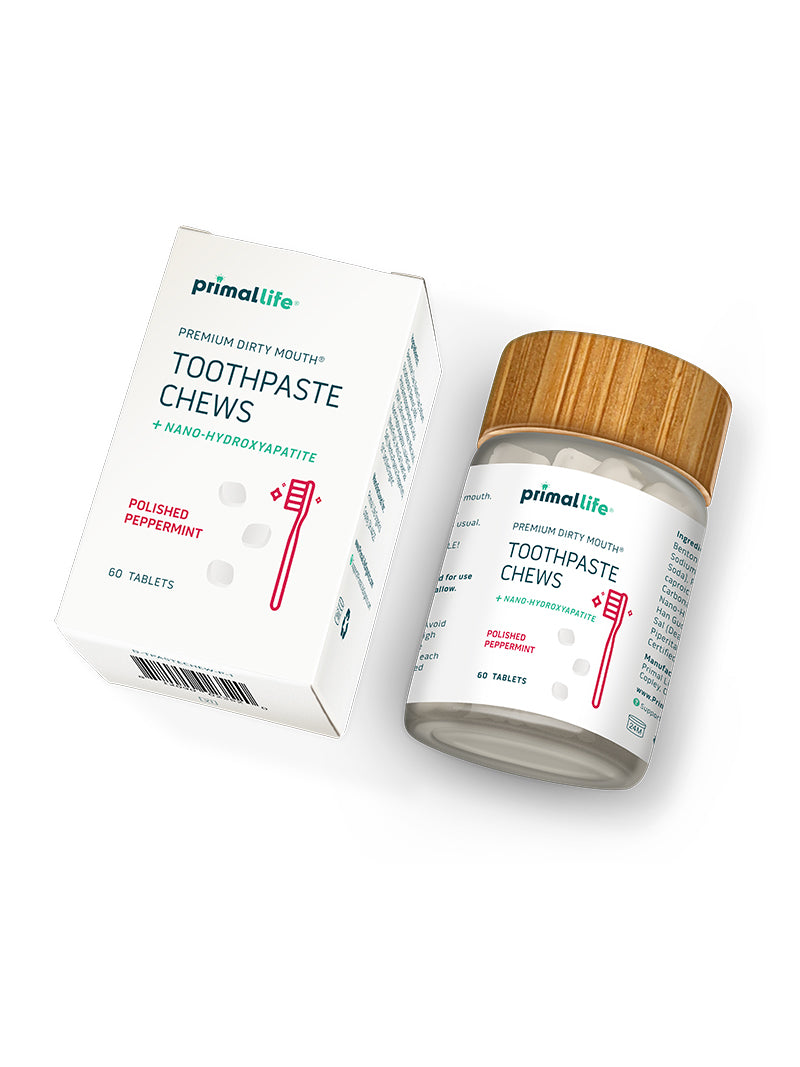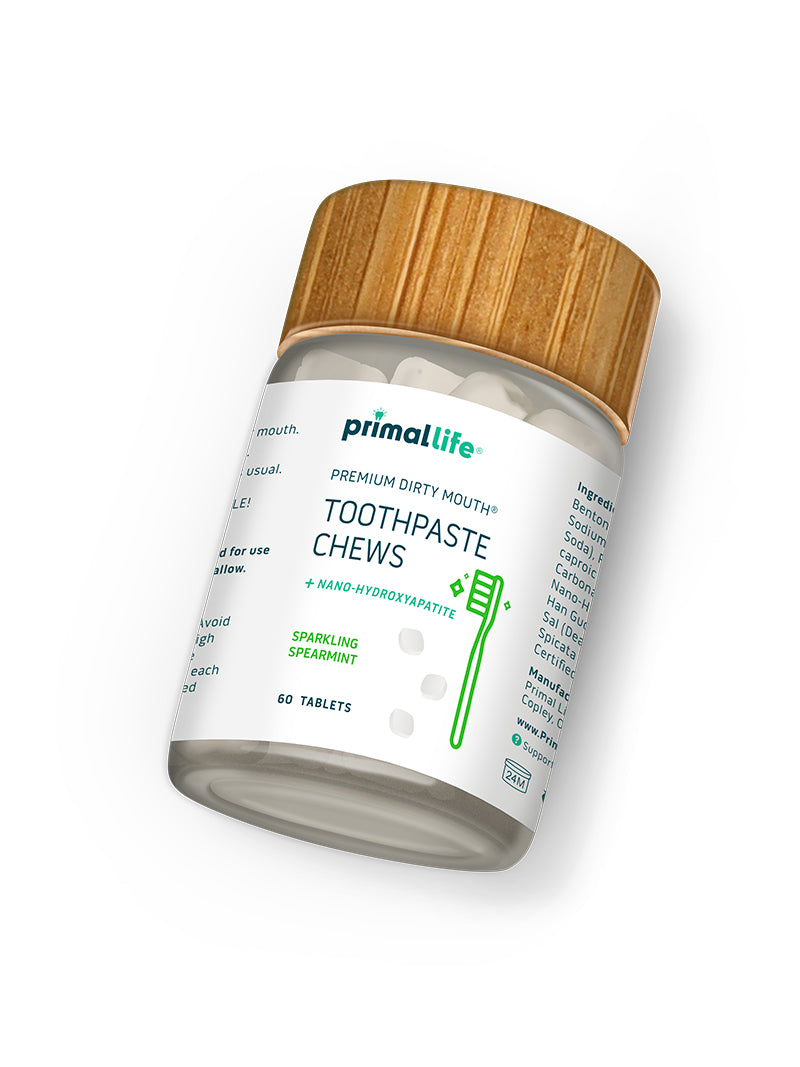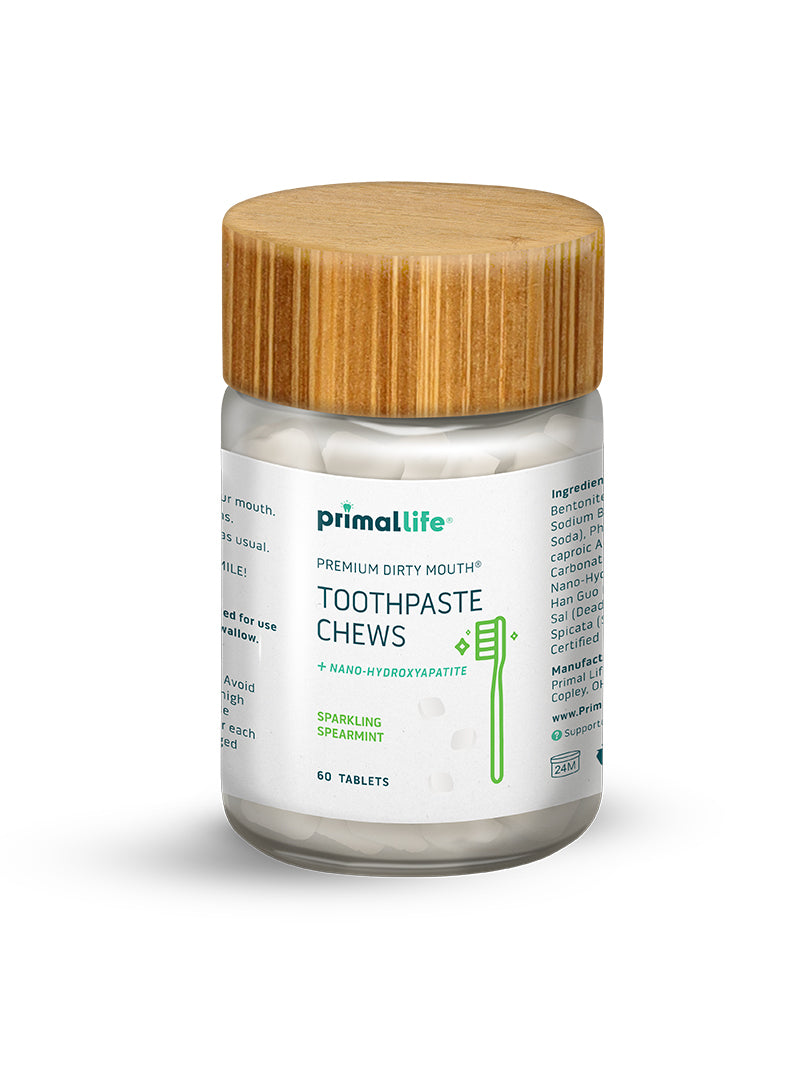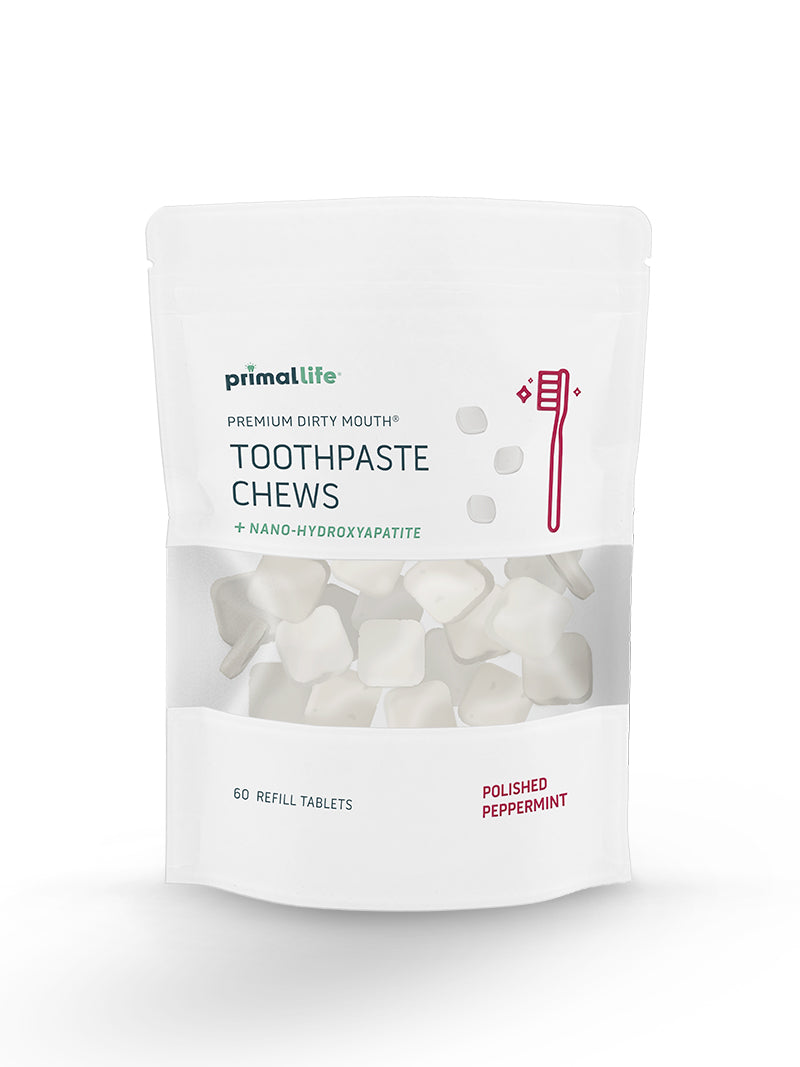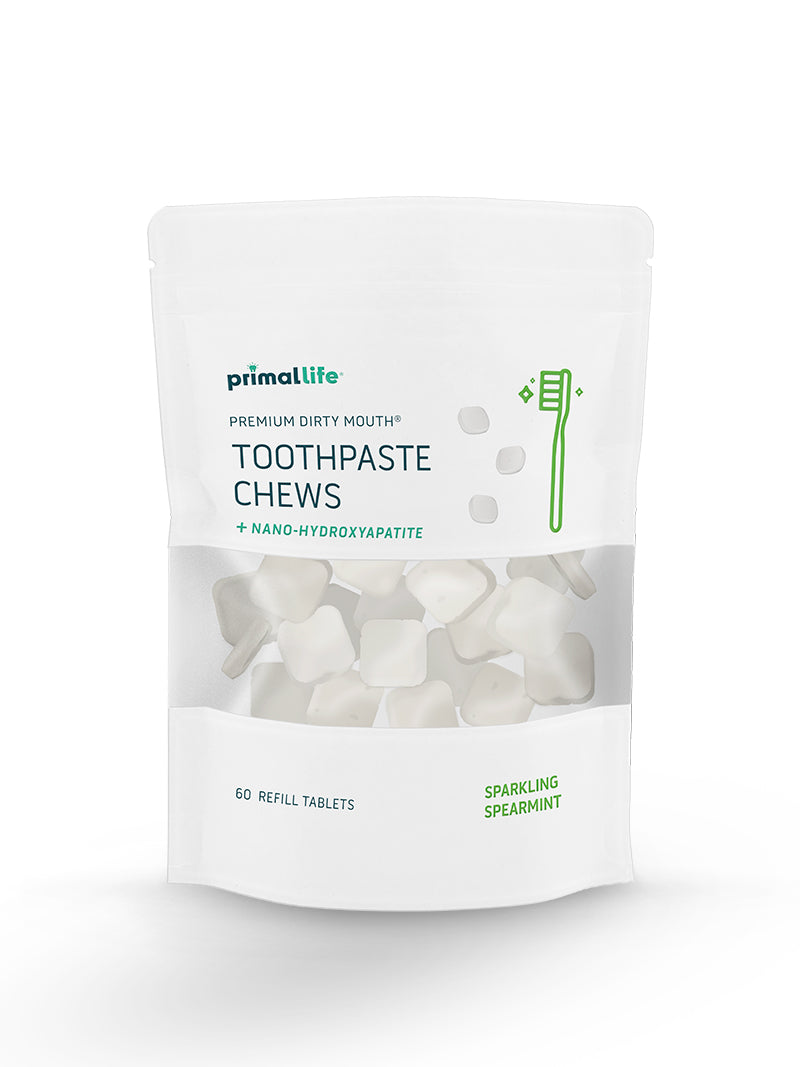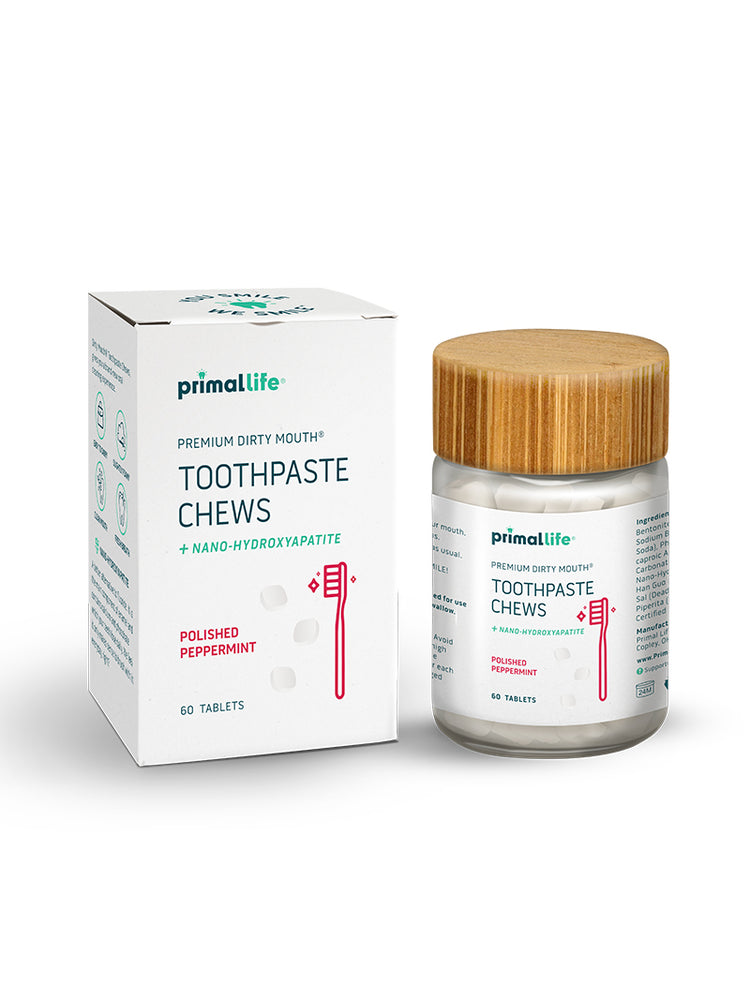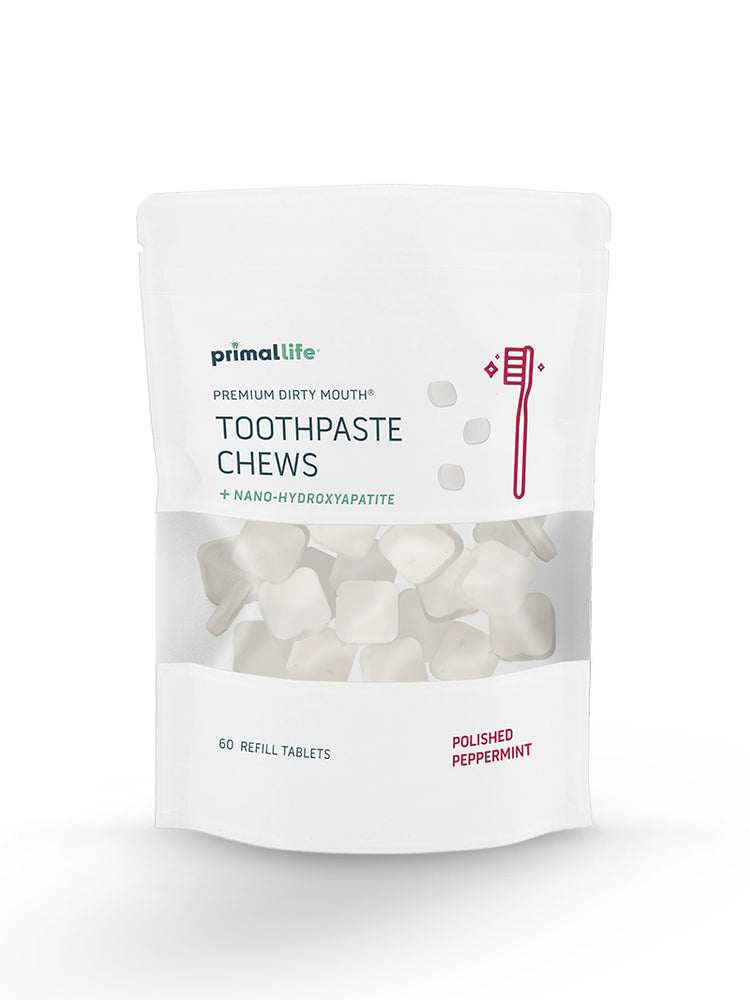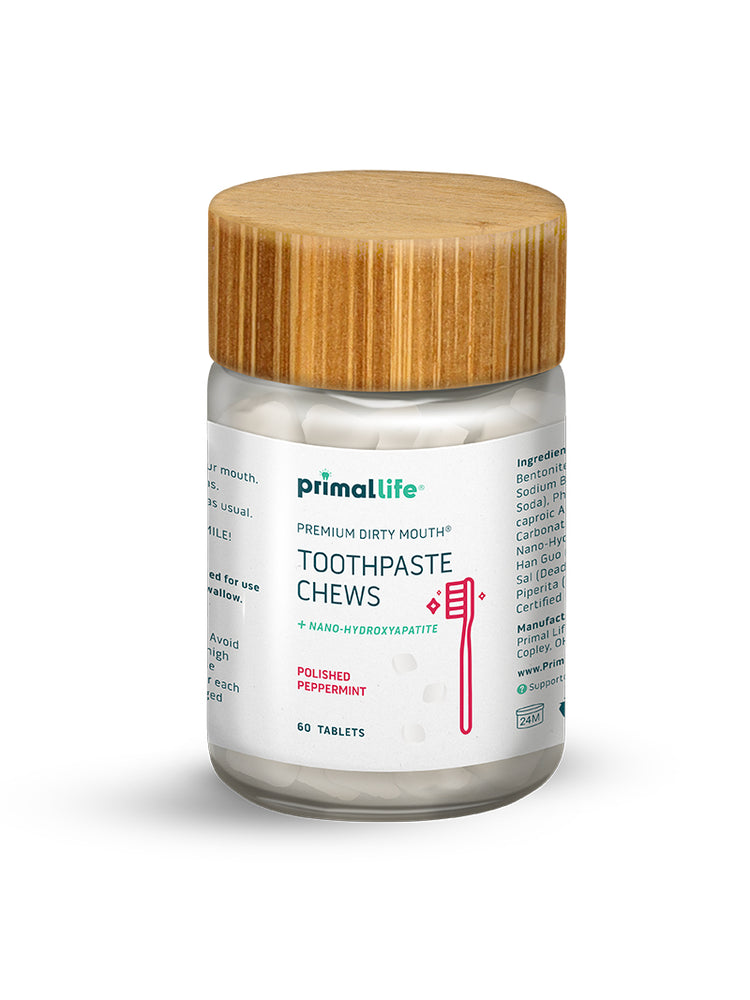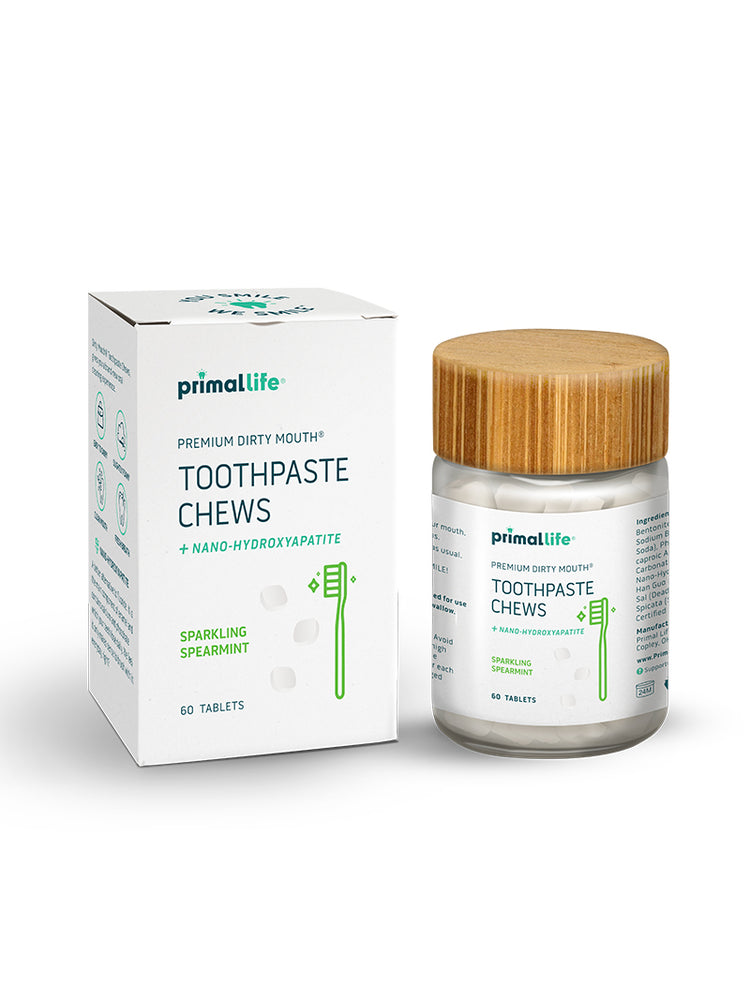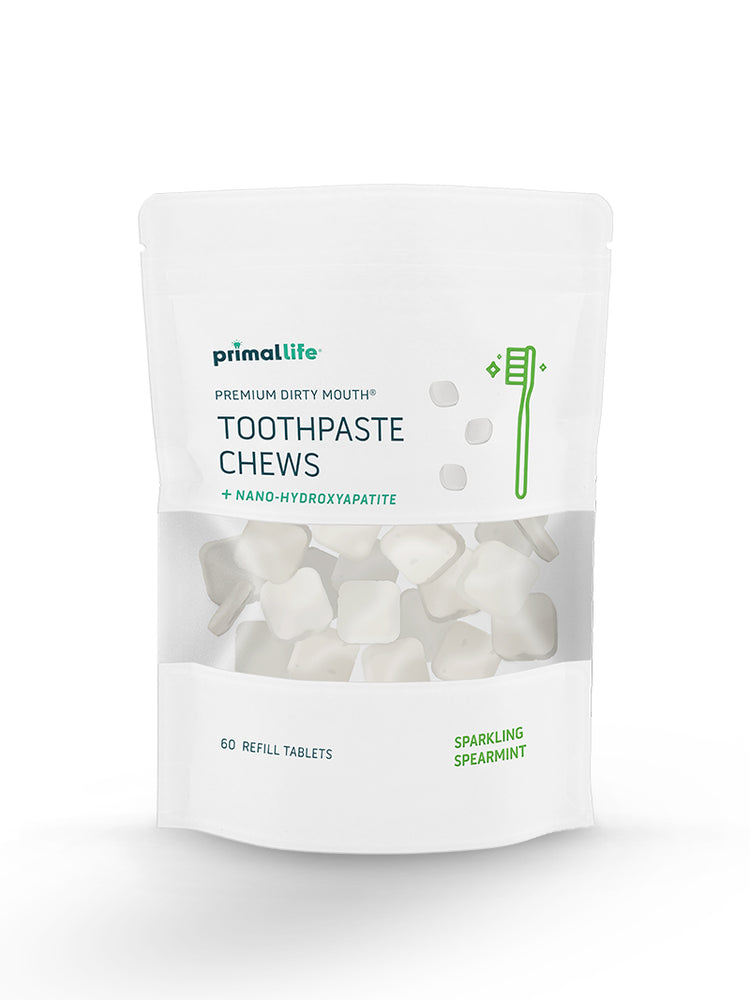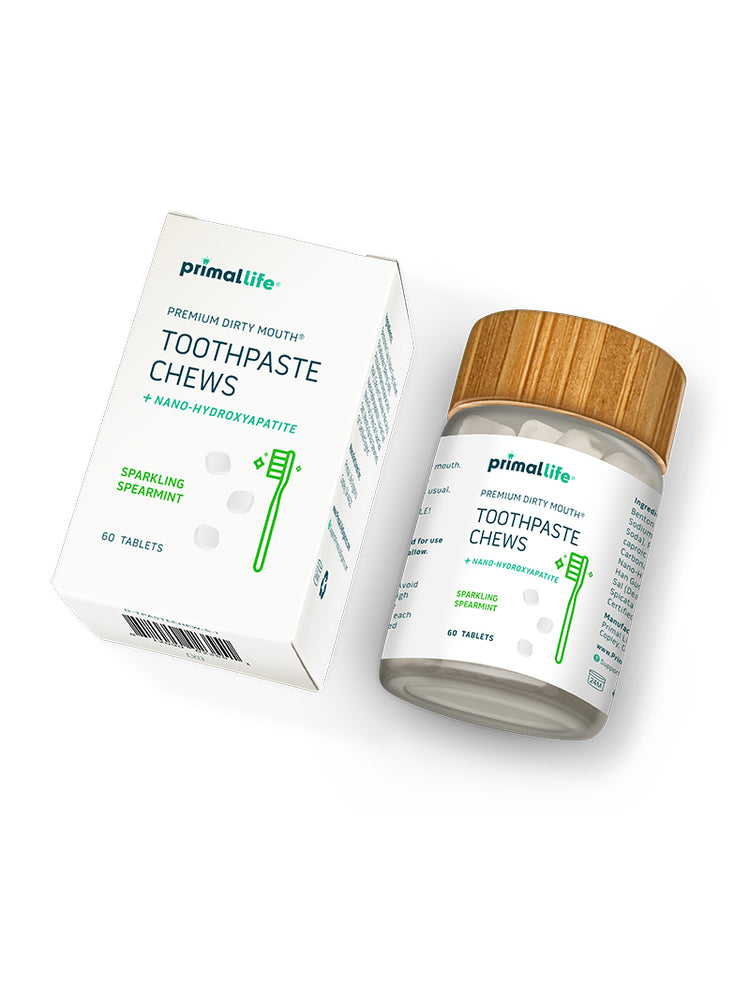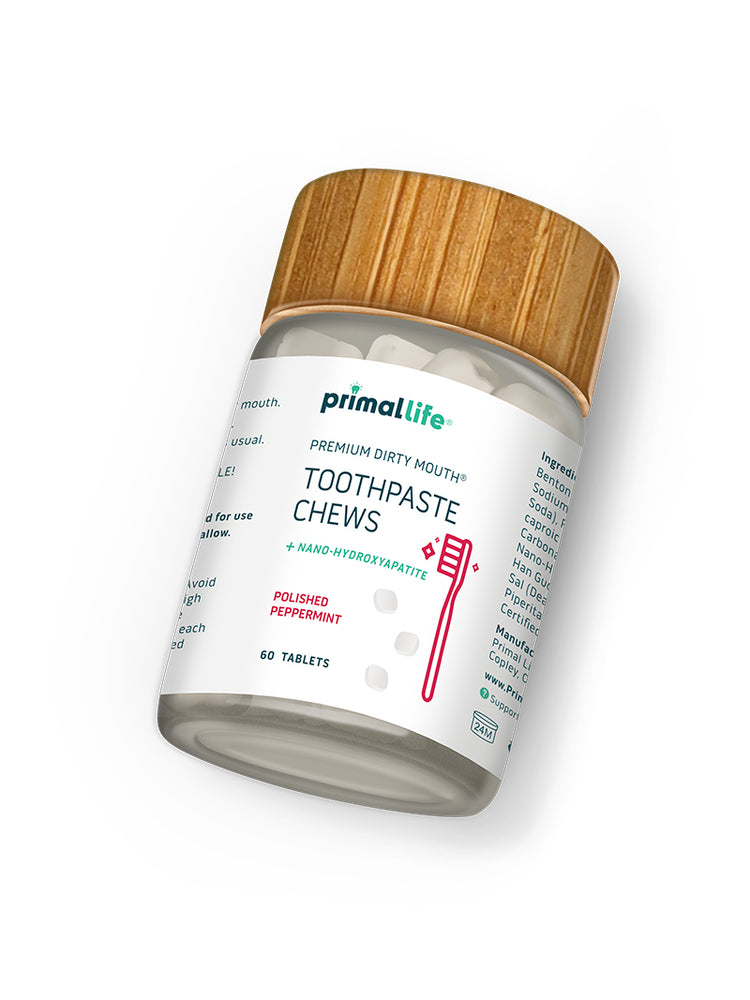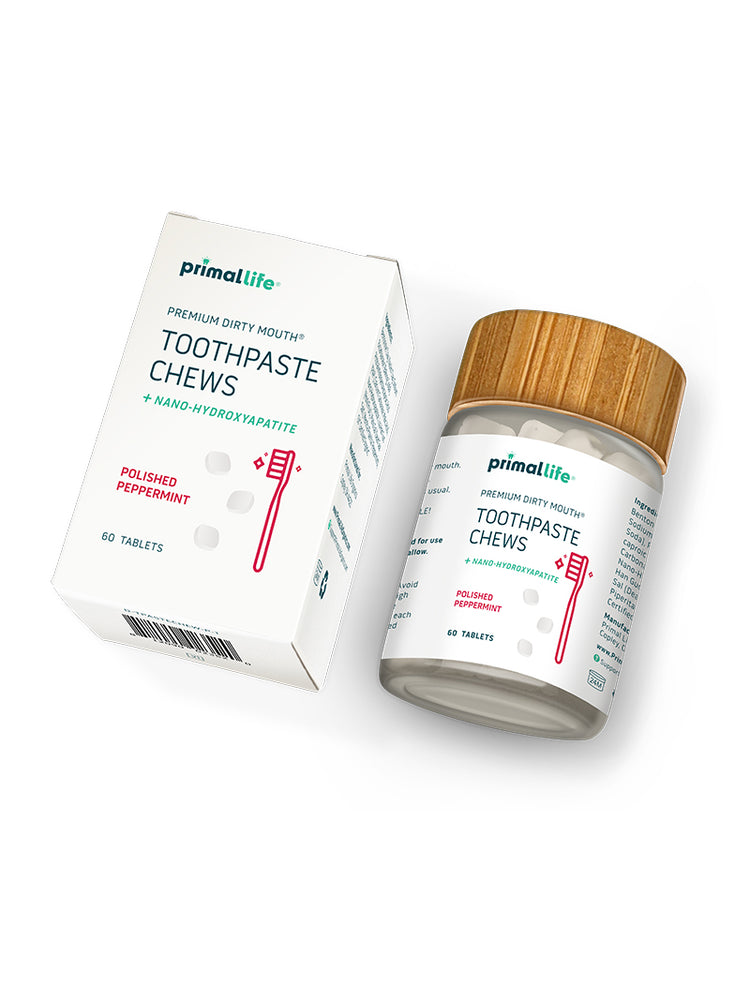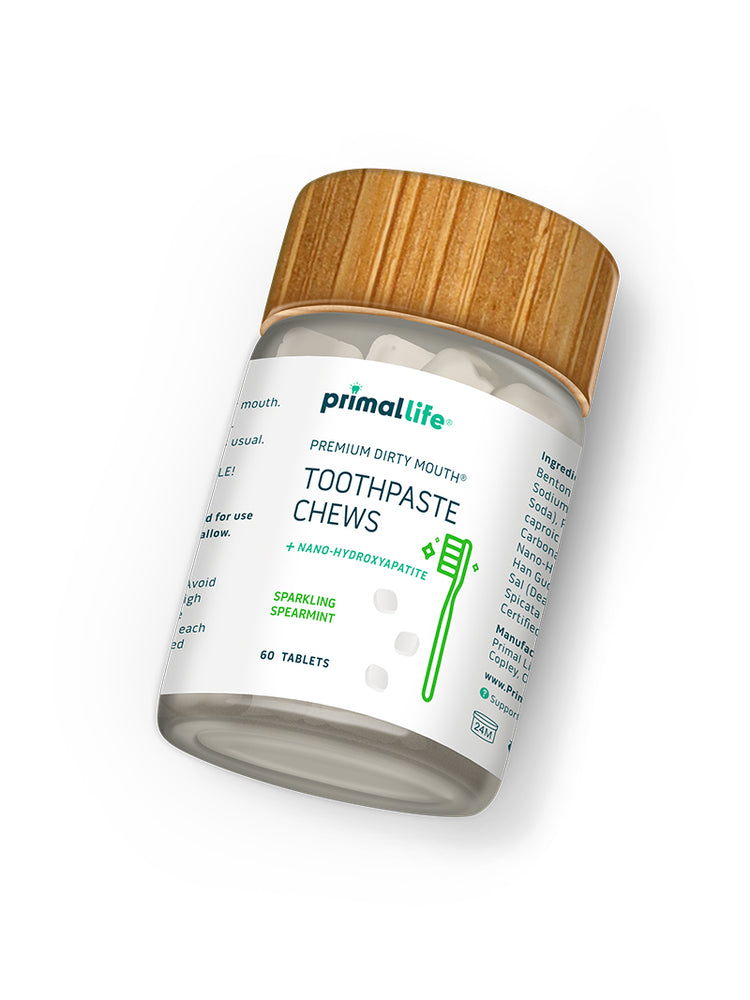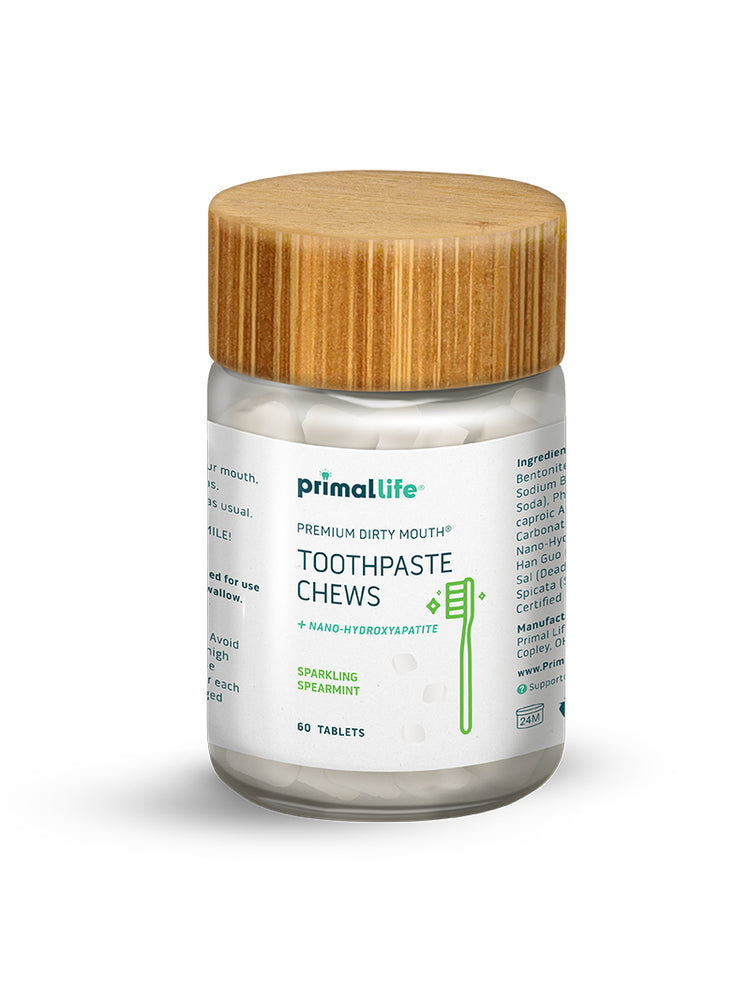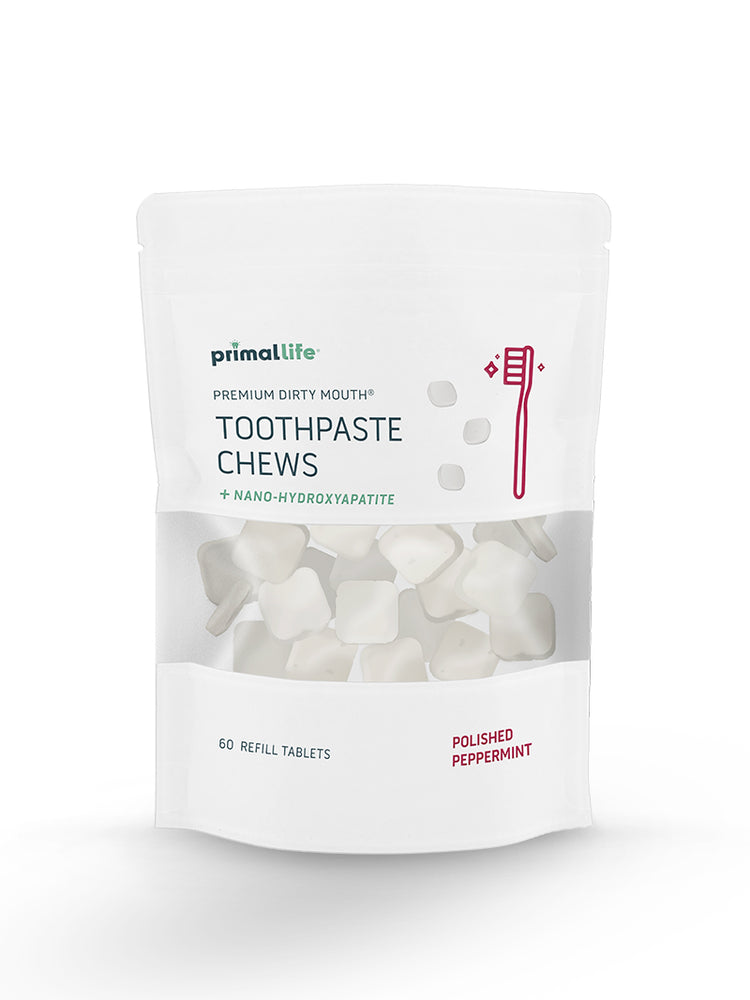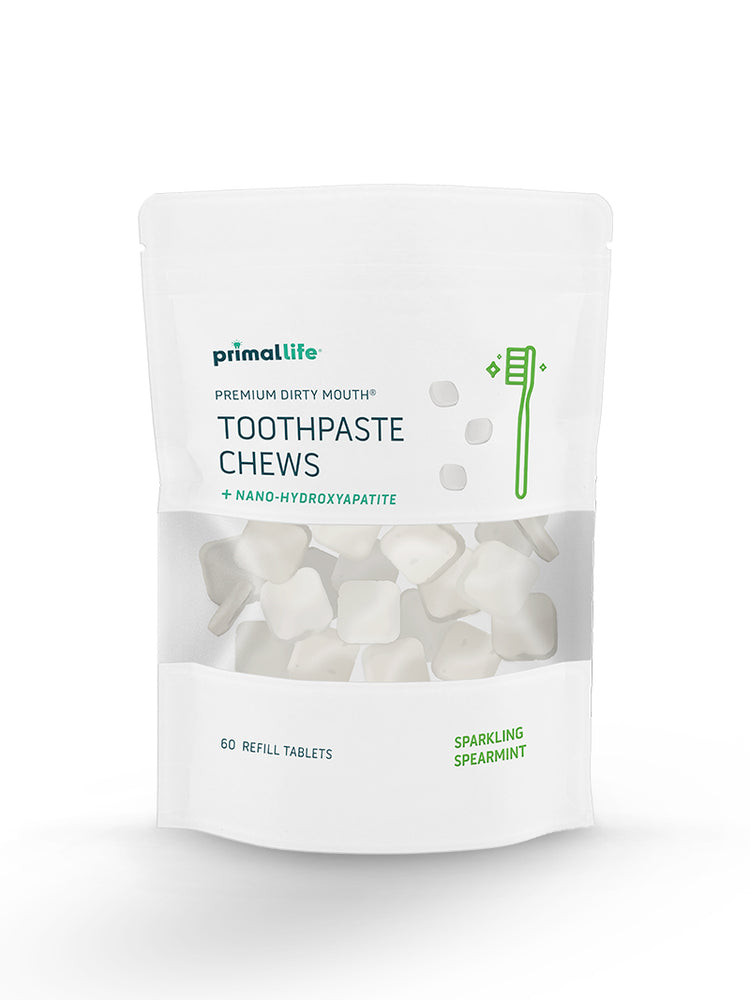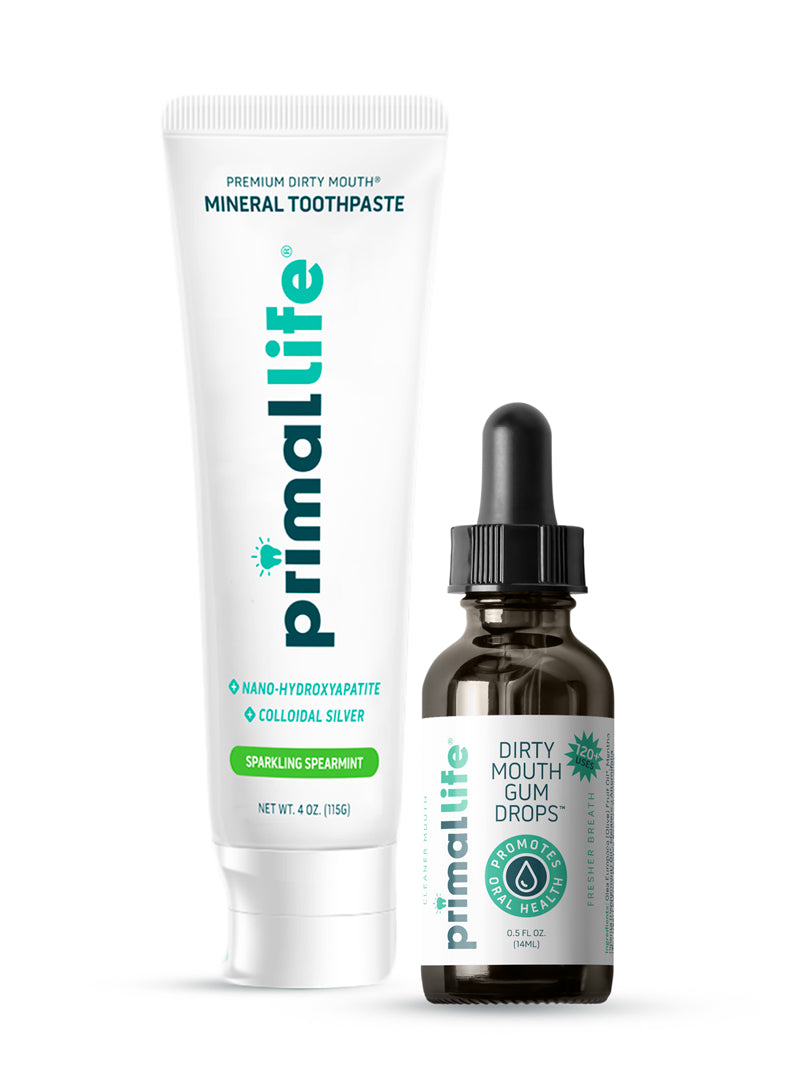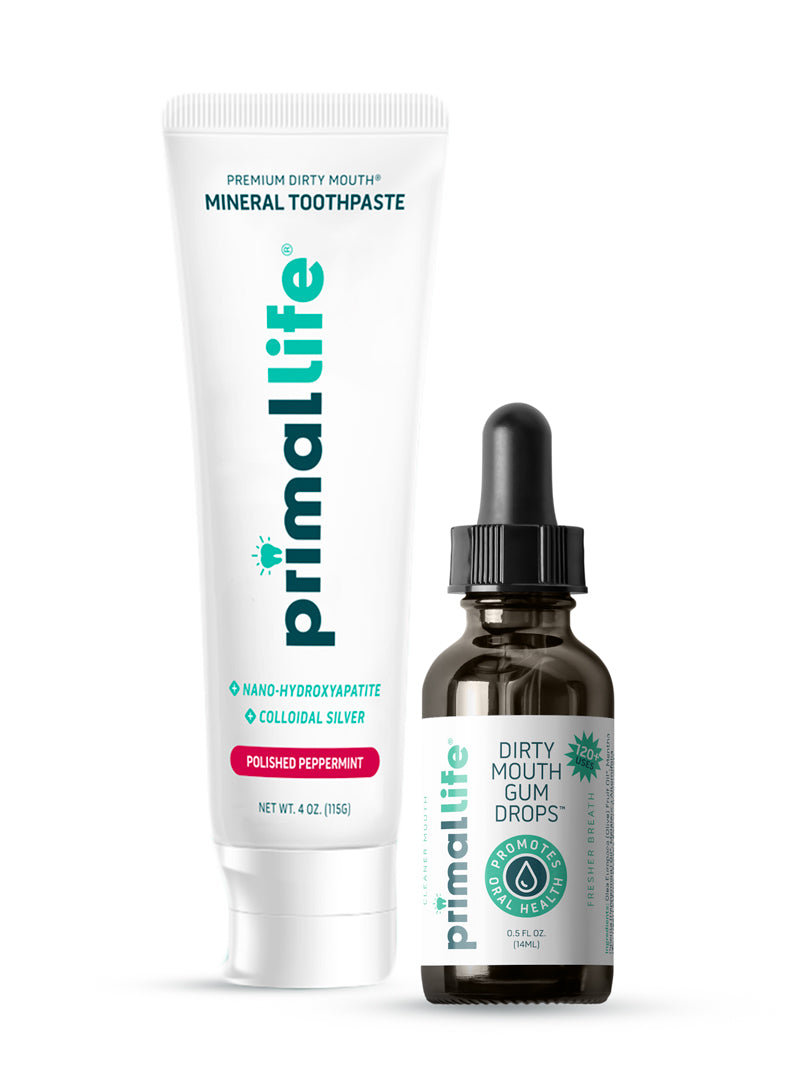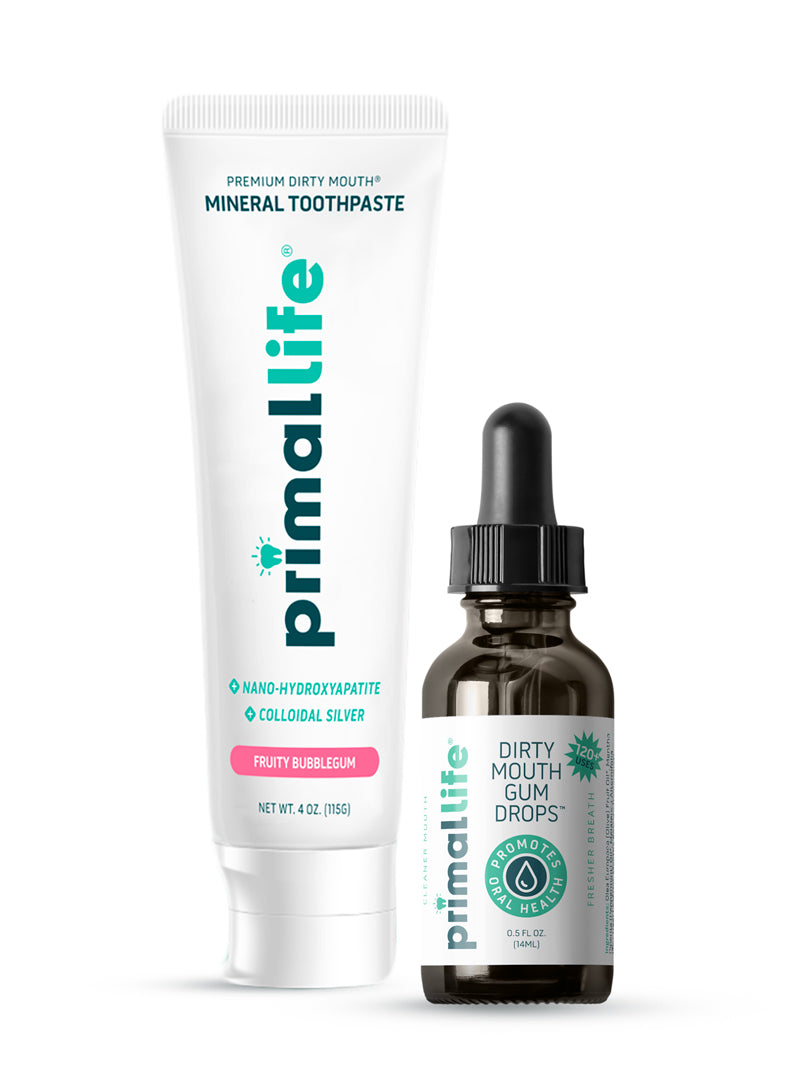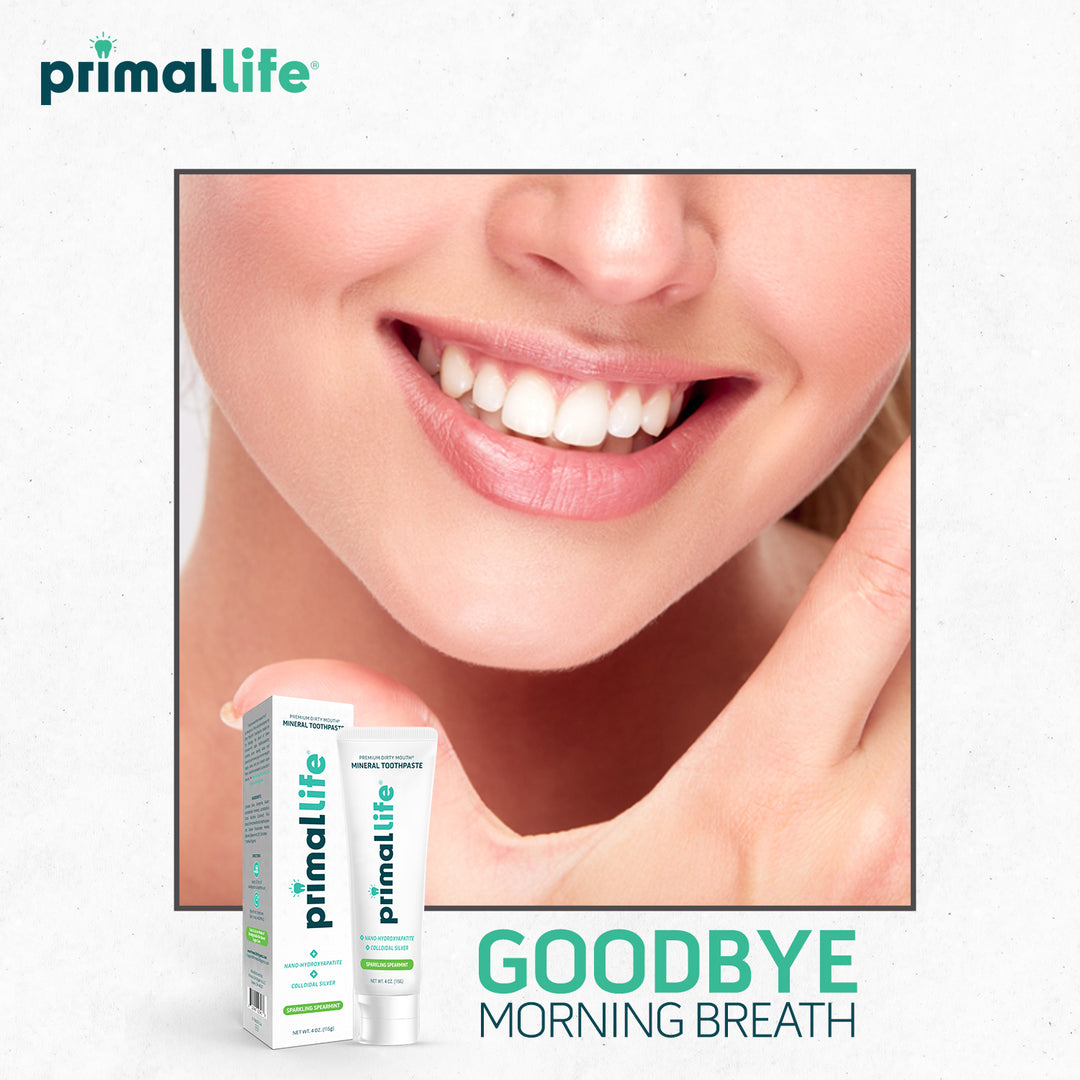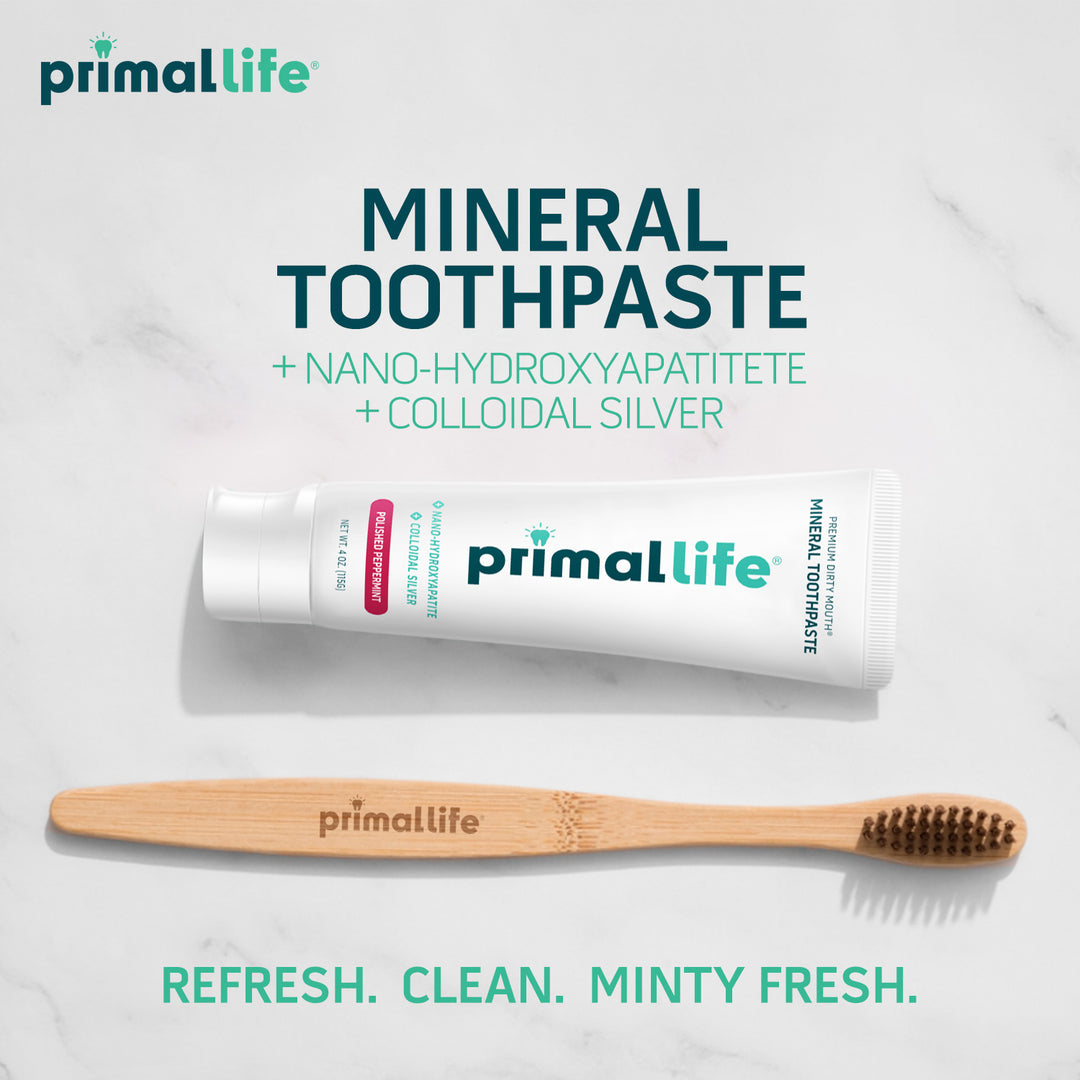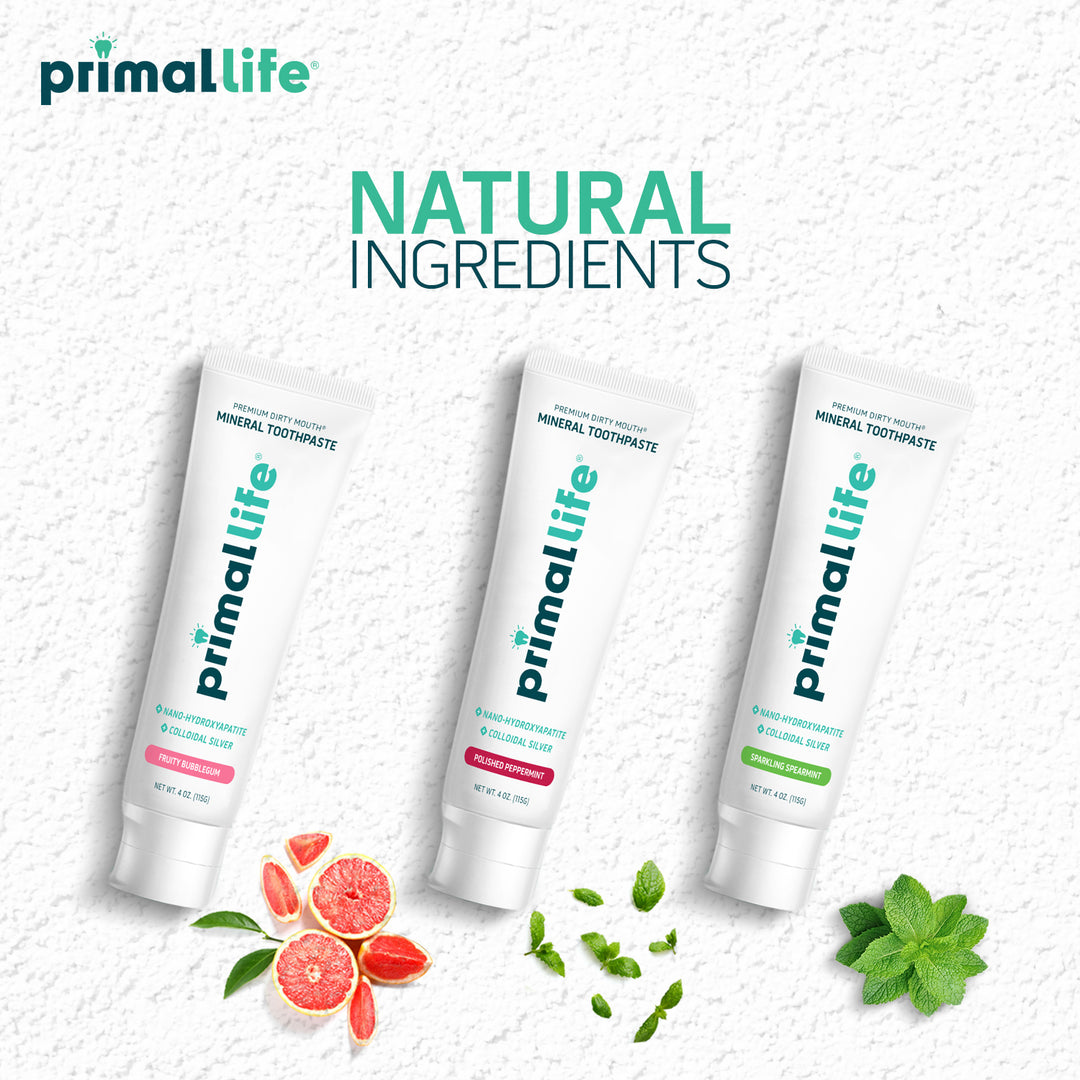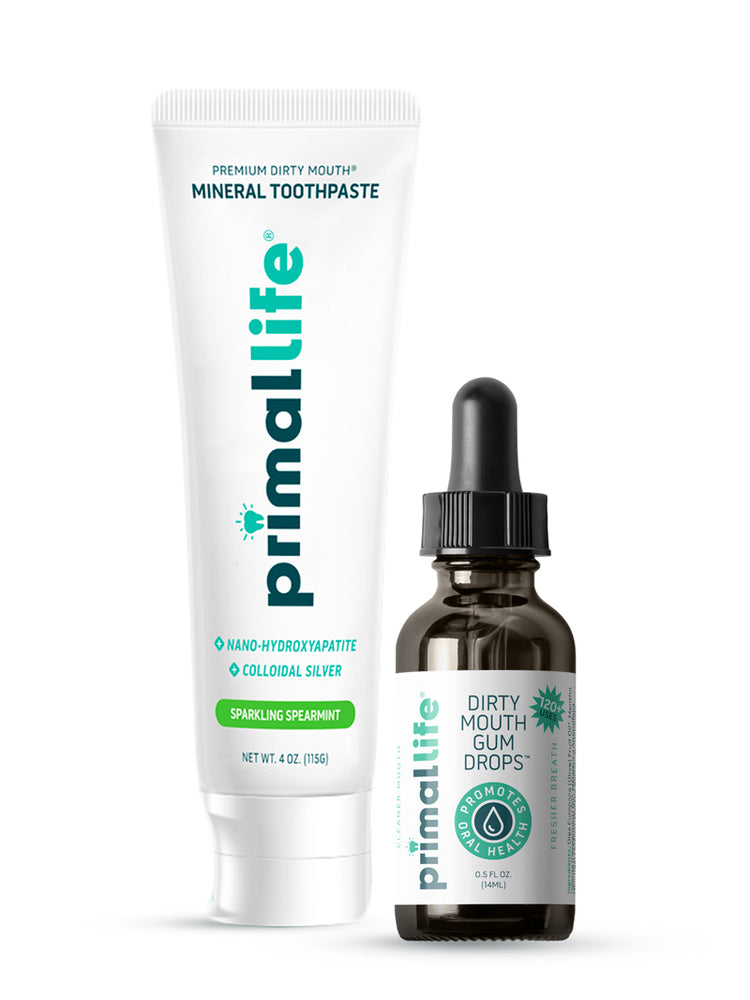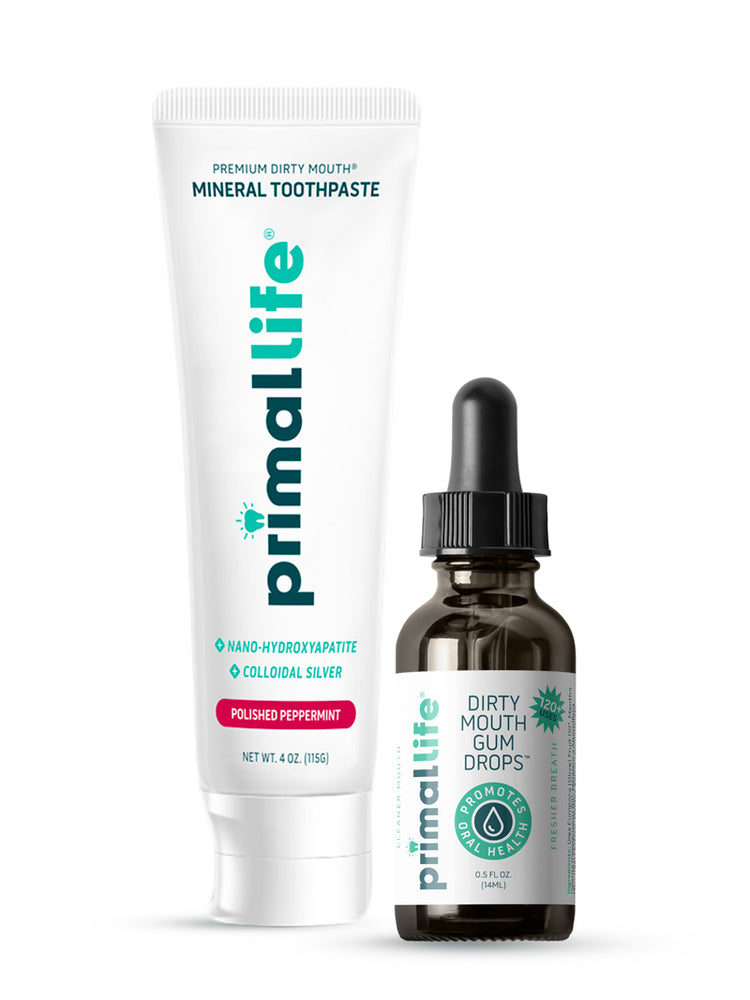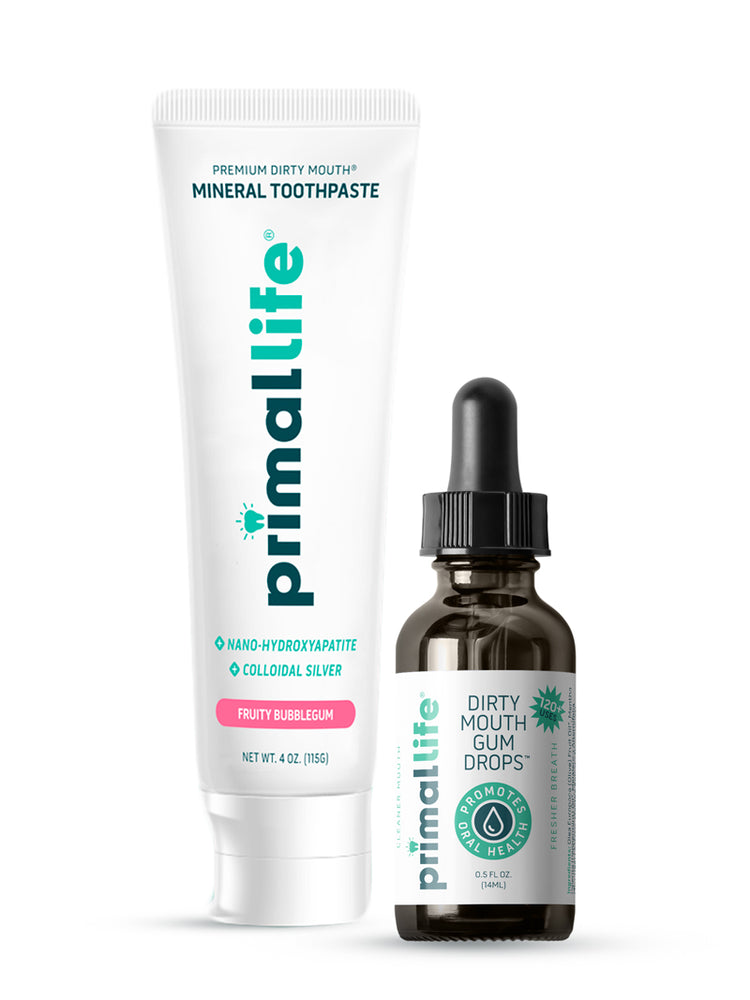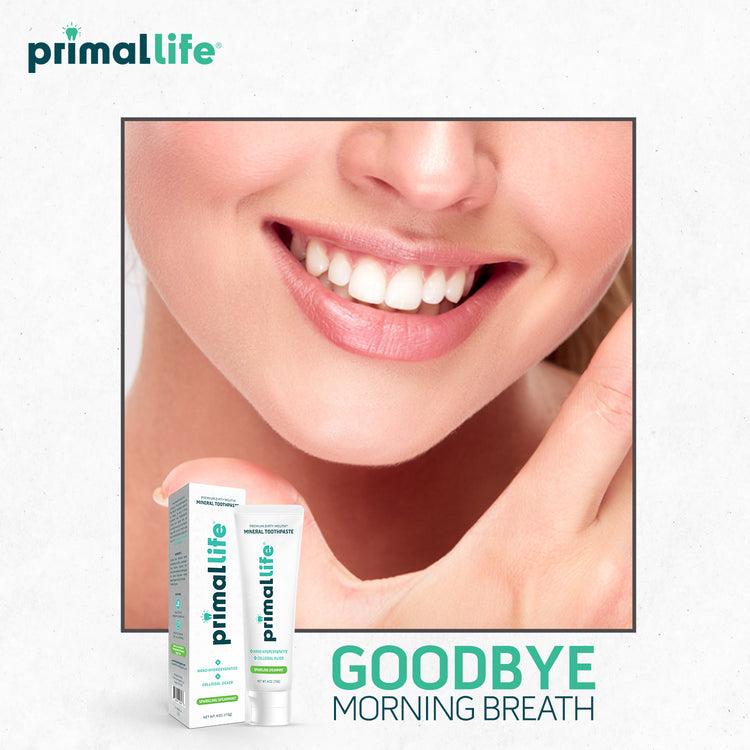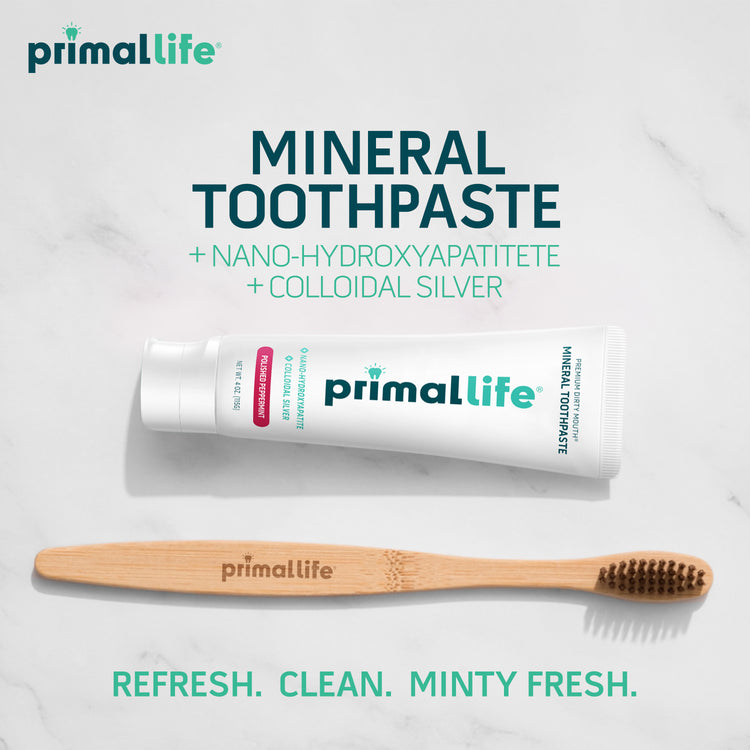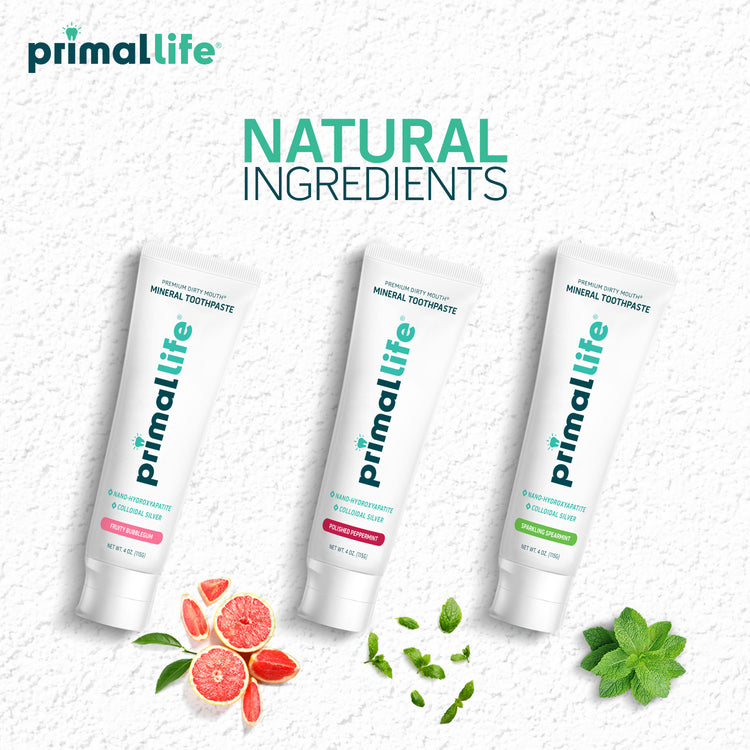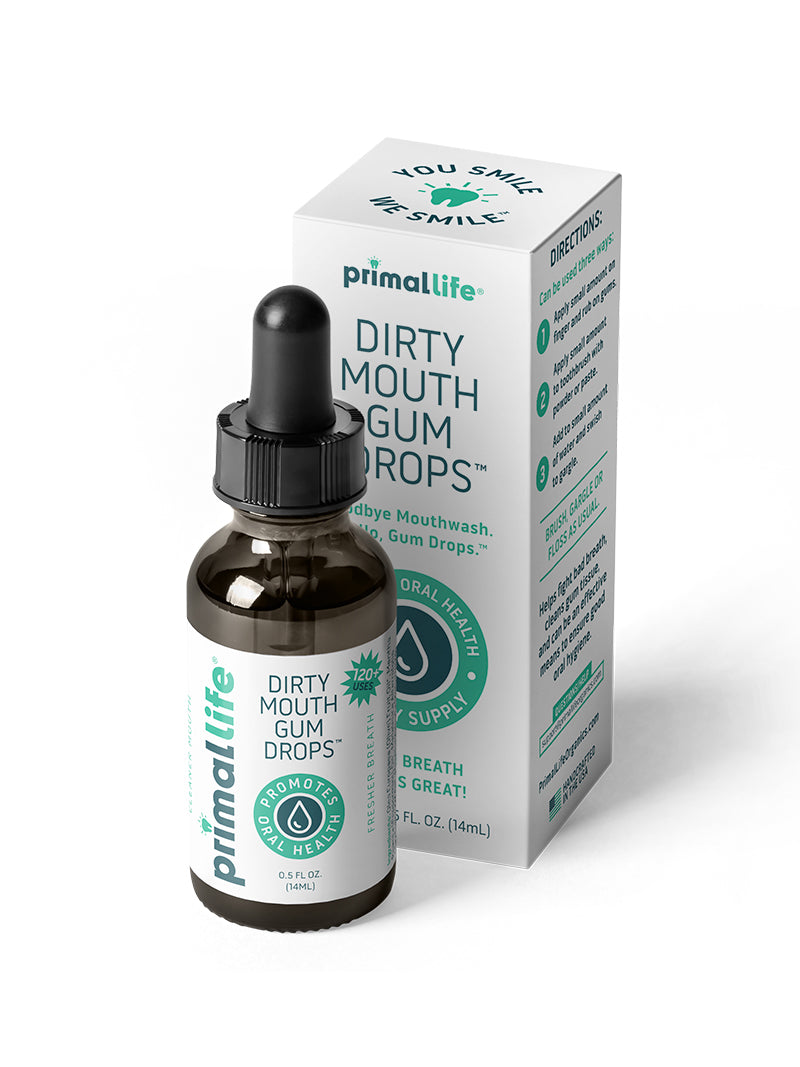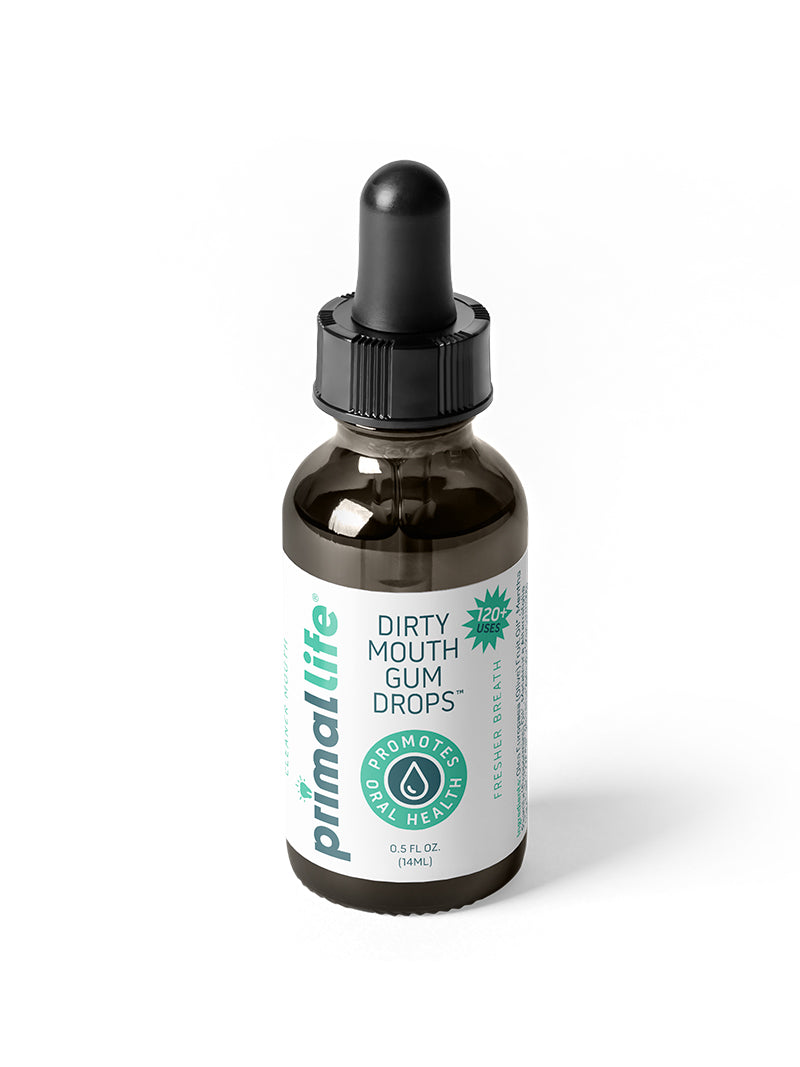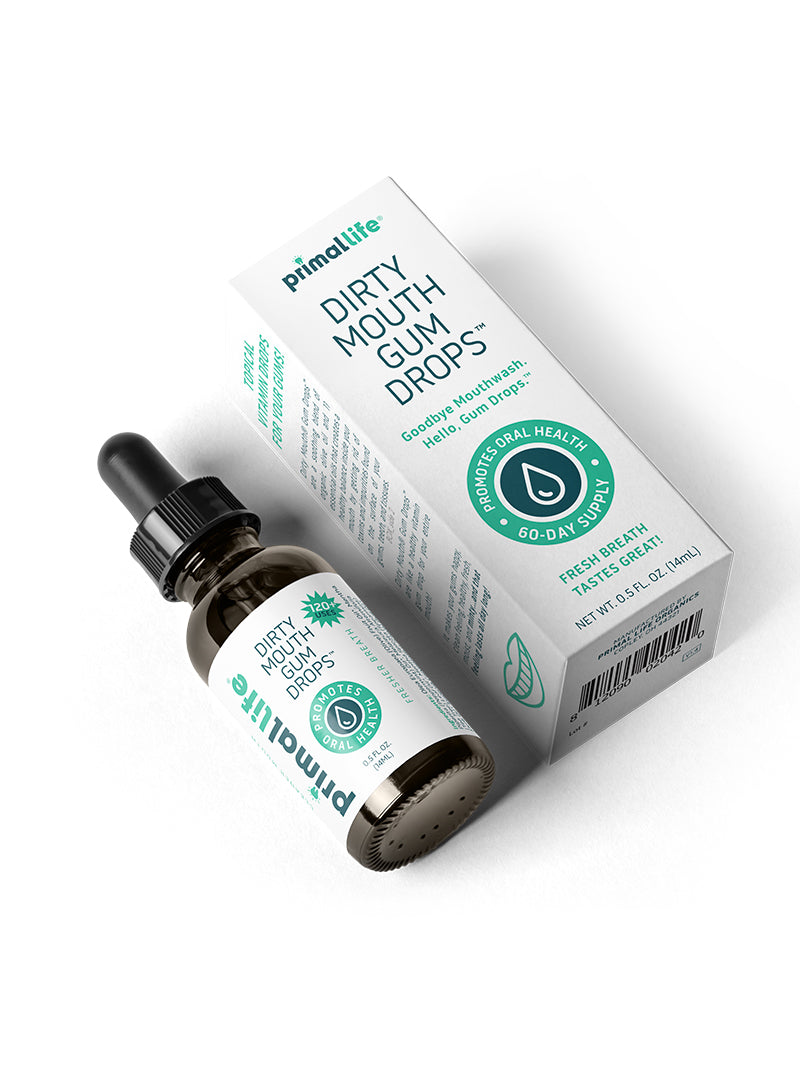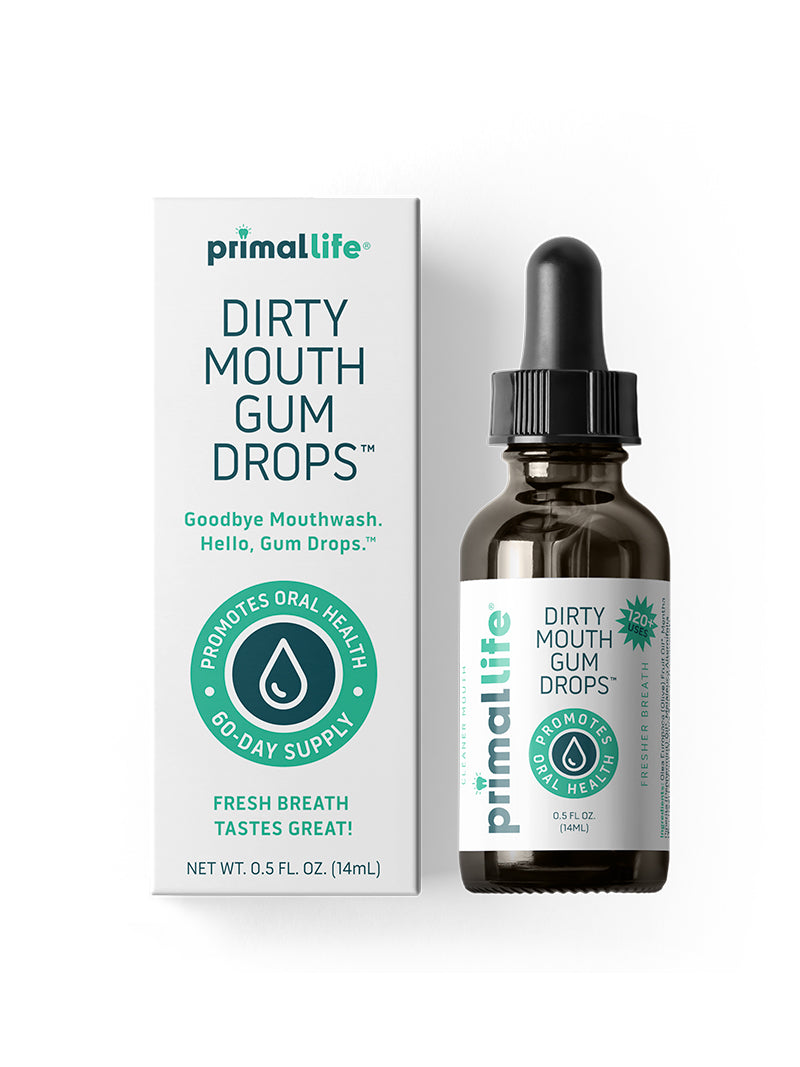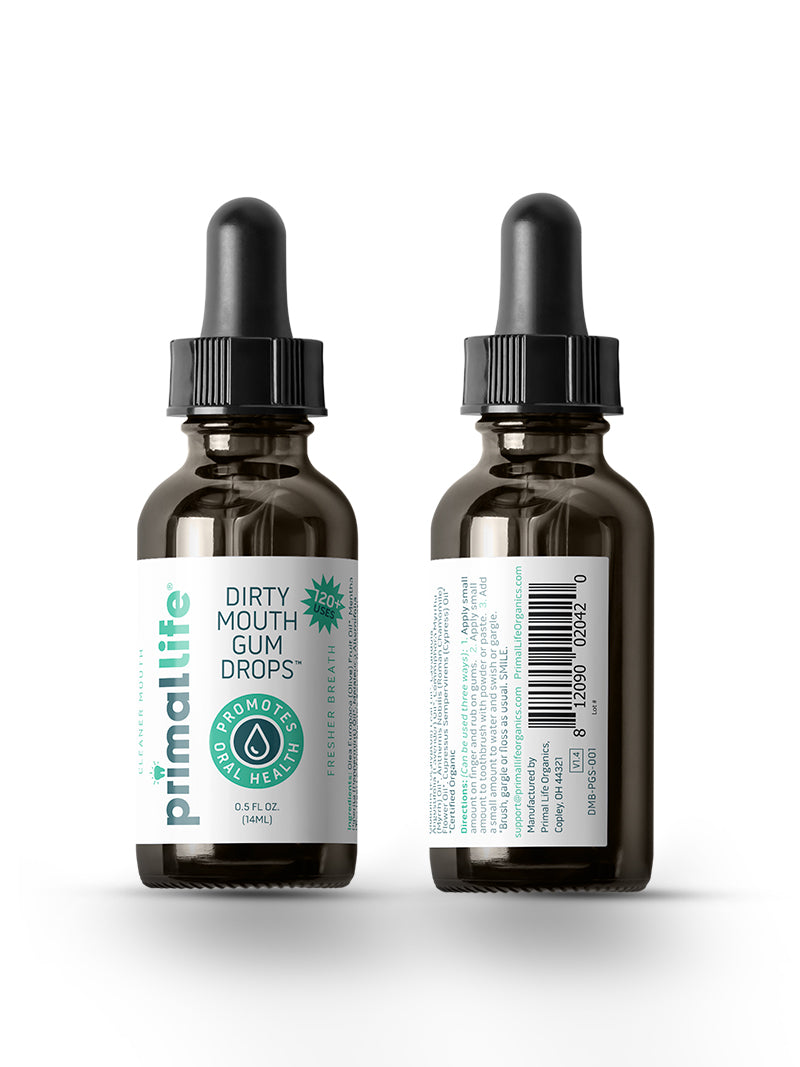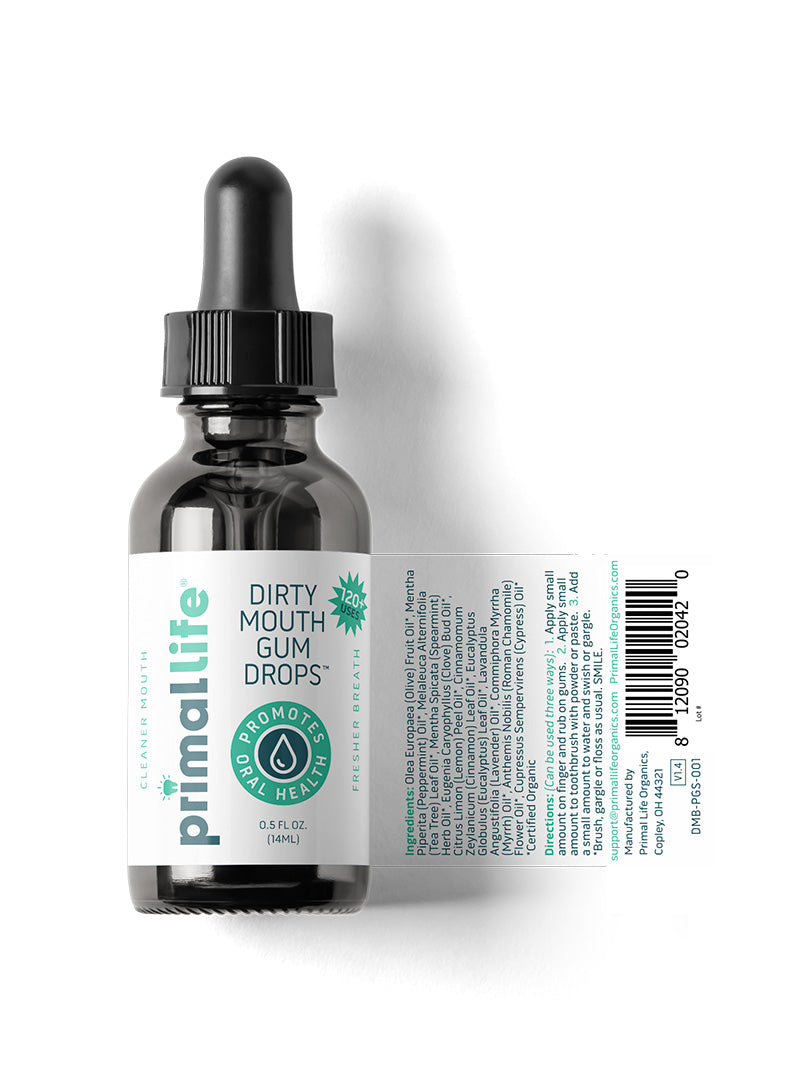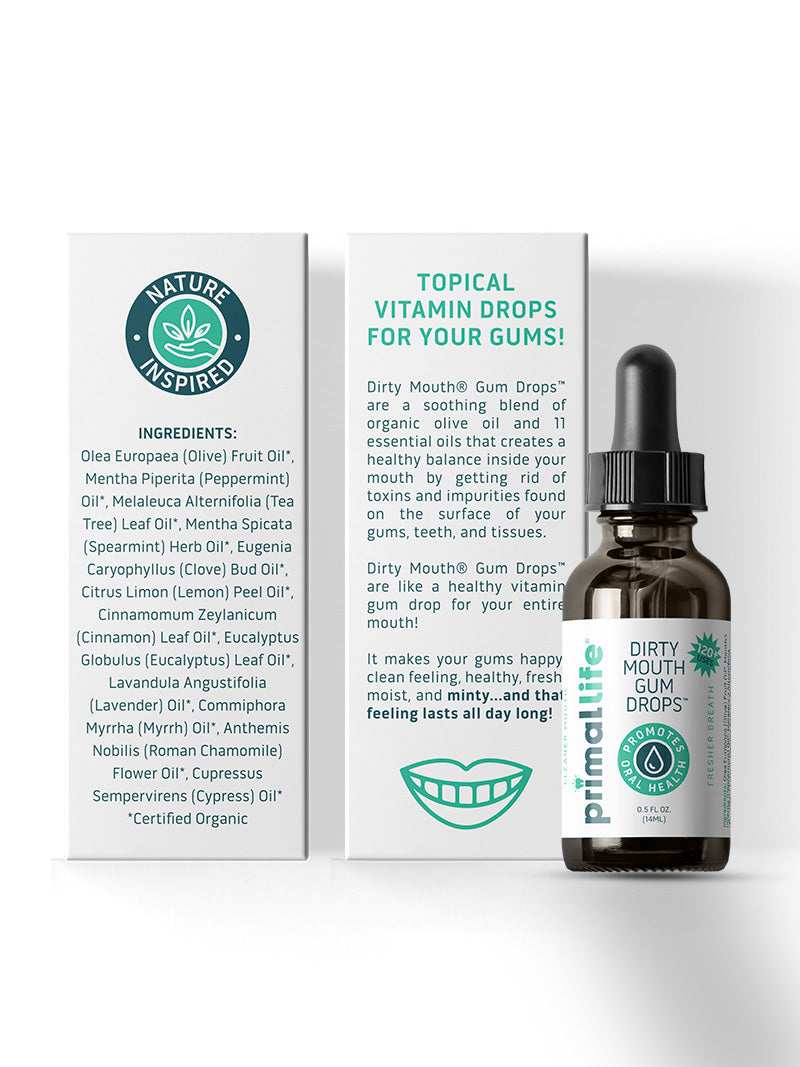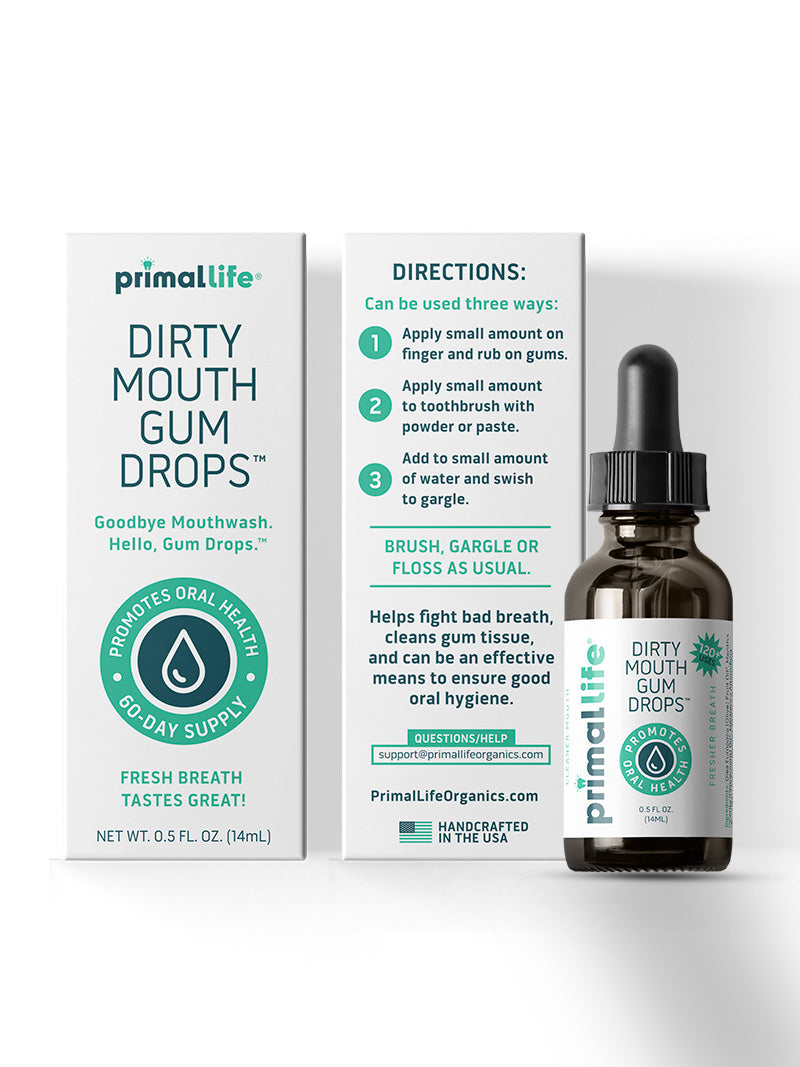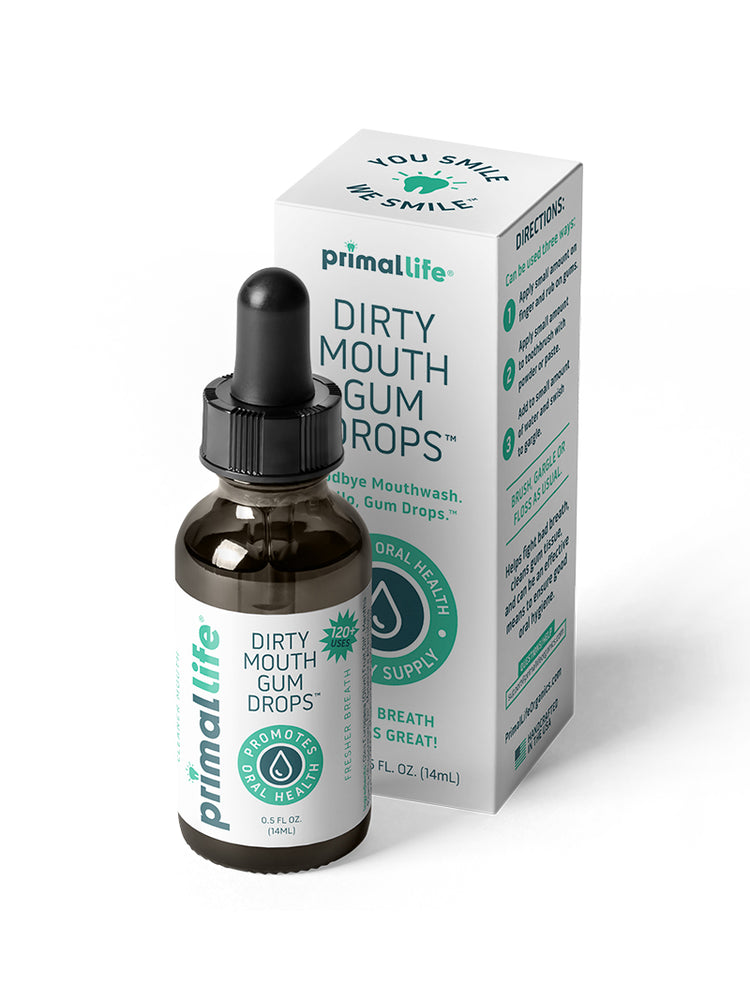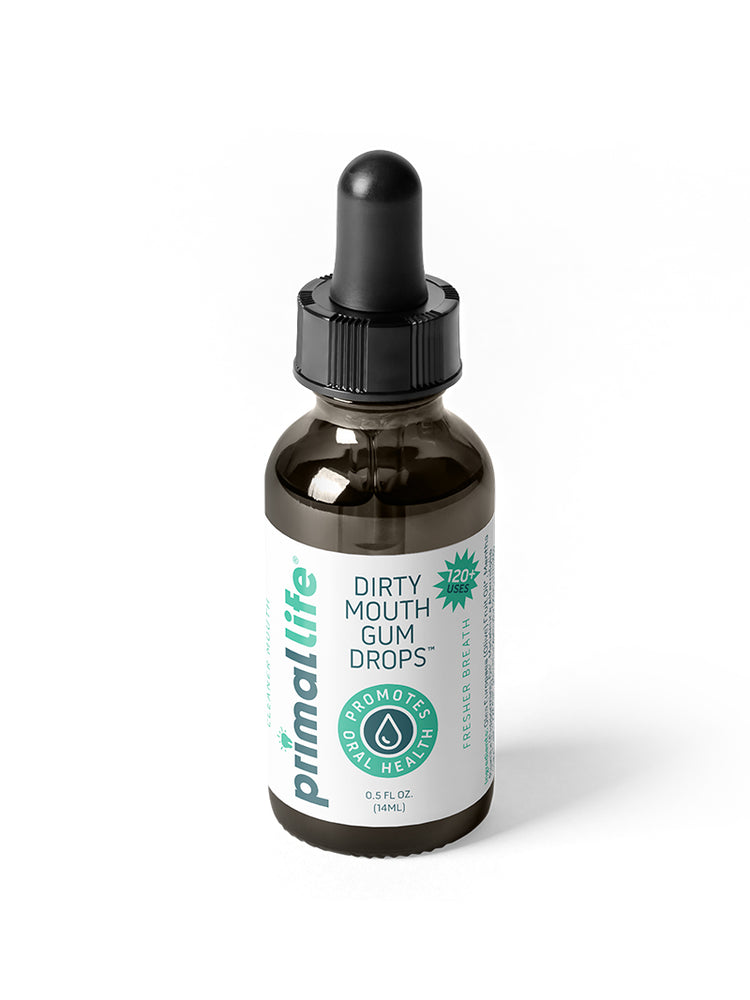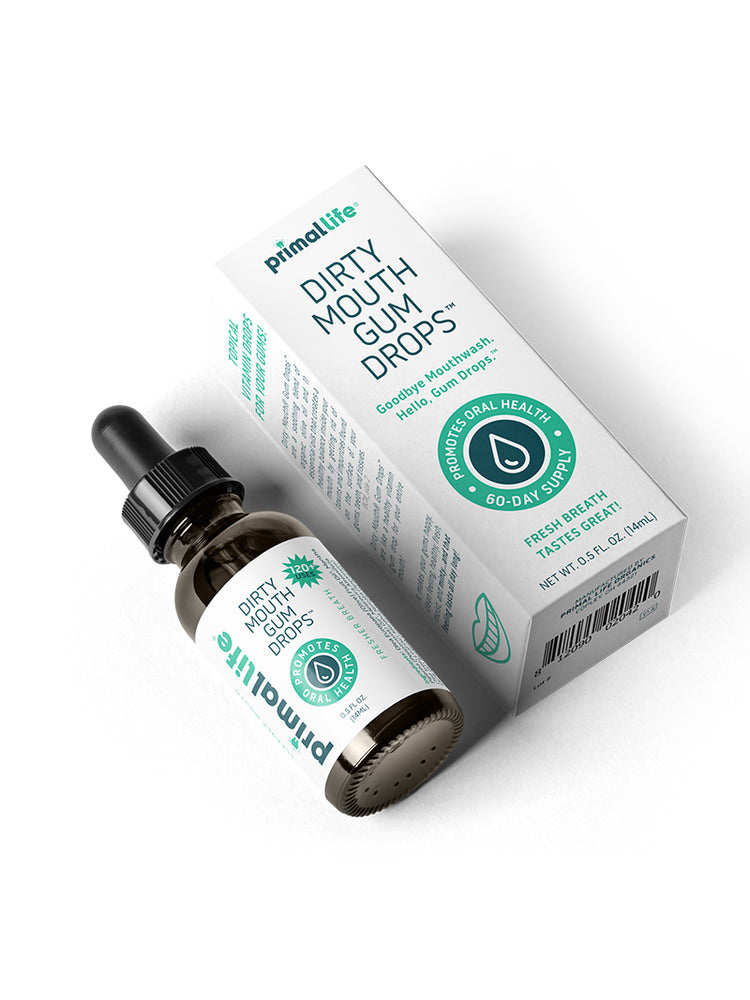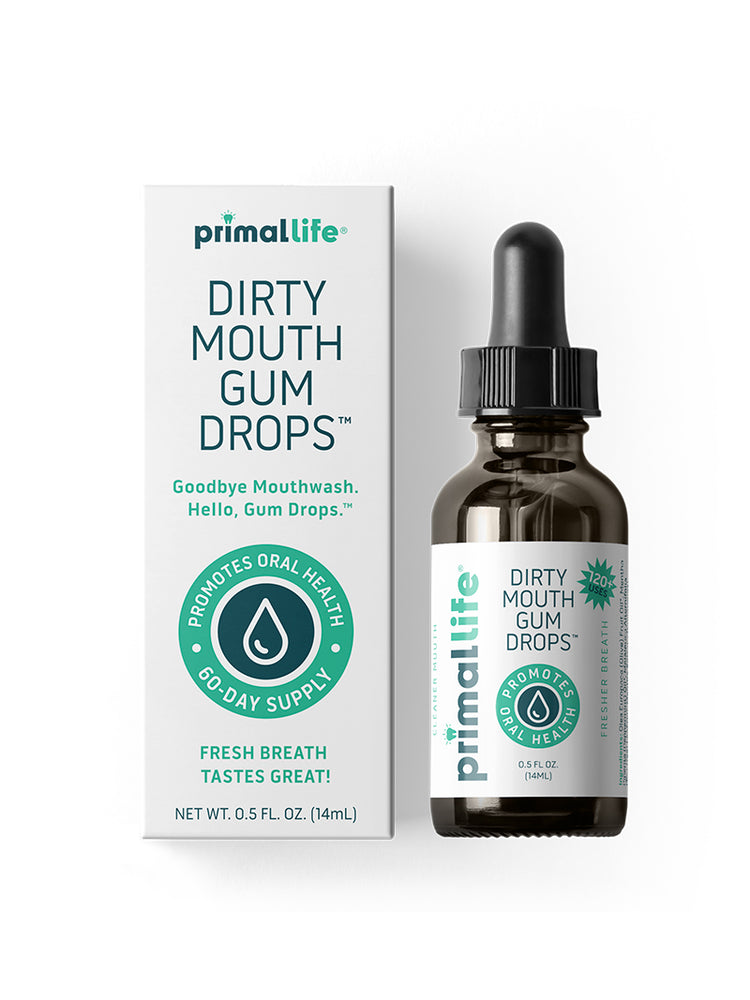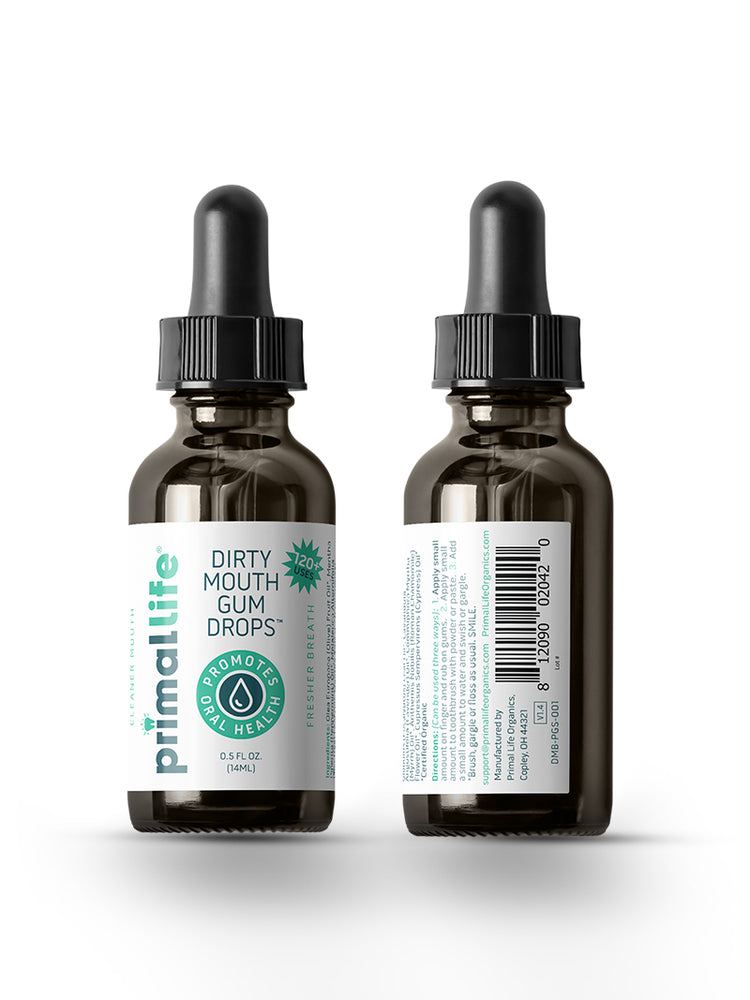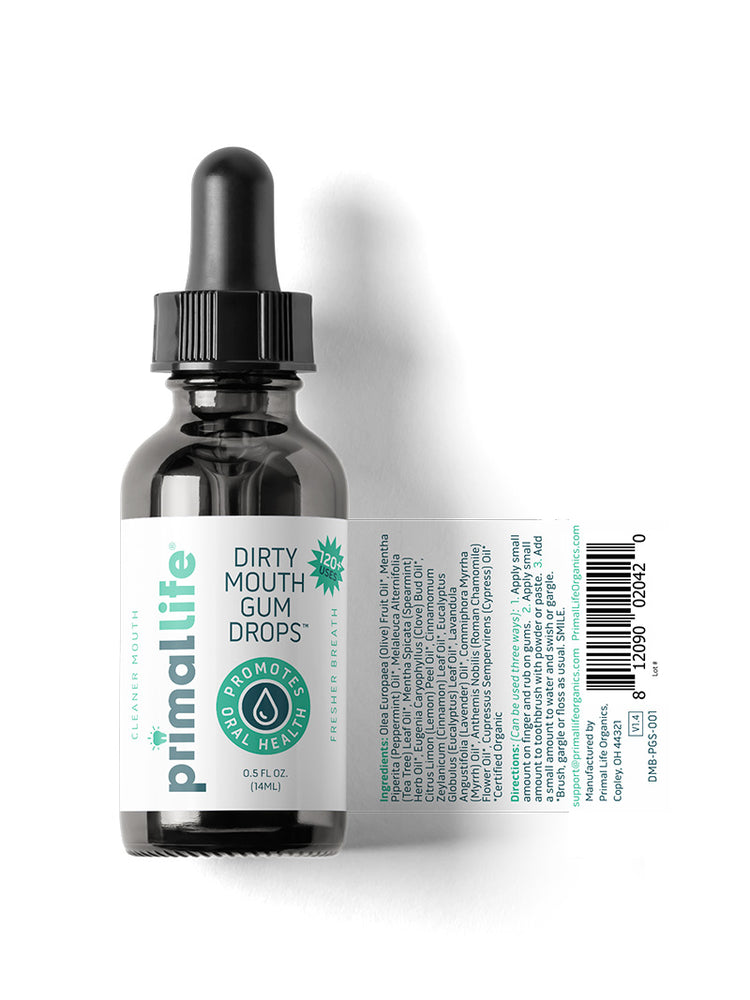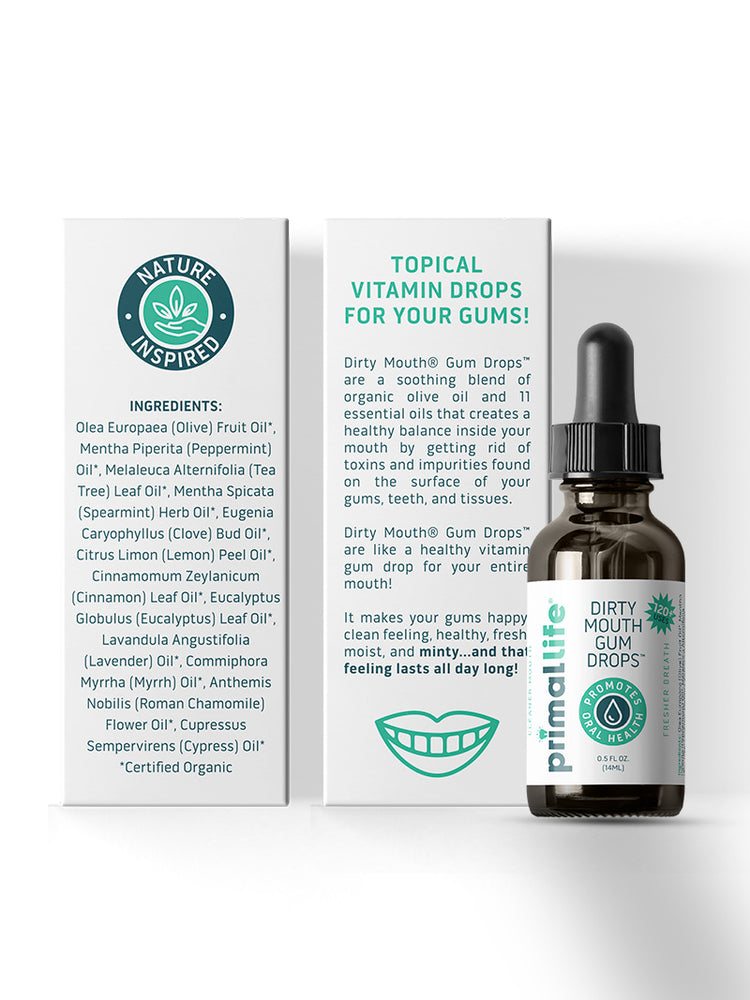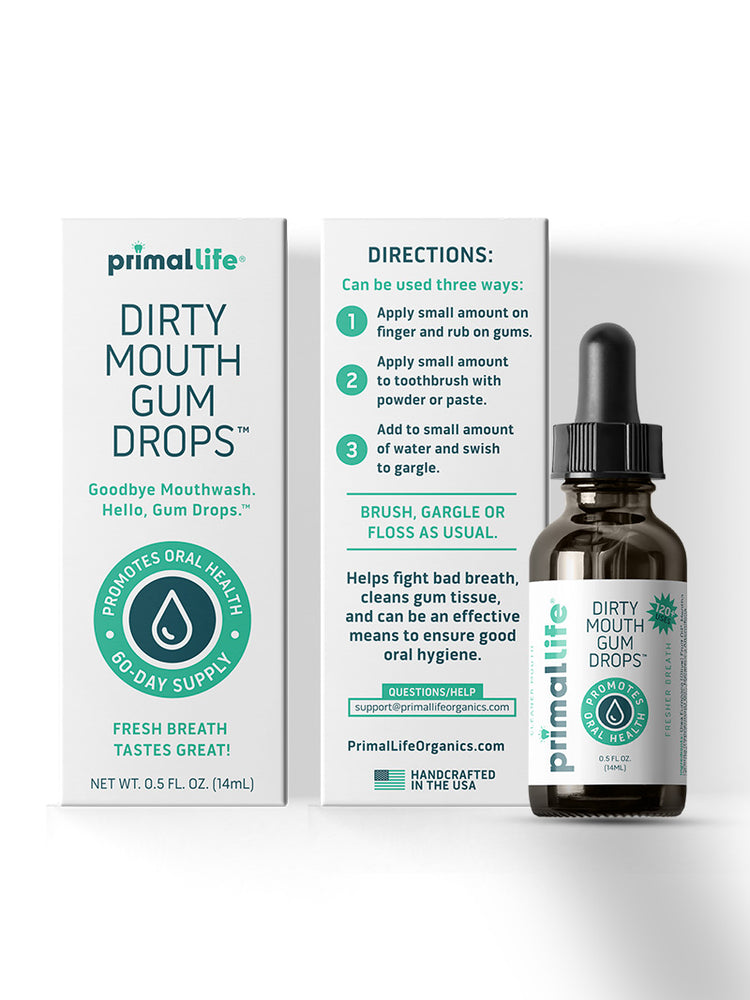Why French Green Clay Is a Must for Your Self-Care Routine

When you're looking for more ways to clean up and "greenify" your beauty routine, it can be a bit daunting. There are so many options these days vying for your attention with promises of natural, eco-friendly ingredients that you have to be ultra-diligent about reading labels and researching all the ingredients. After all, just because a face cleanser, shampoo, or other body product has natural-sounding ingredients like jojoba oil, chamomile, or aloe vera, it might still have synthetic chemicals, colorants, and other questionable additives.
But did you know that there's one special ingredient that comes straight from Mother Nature that can help you (literally) enjoy a greener approach to self-care? It's called French green clay and it's a proven powerhouse to help skin, hair, and teeth. In this guide, we'll share everything you need to know about this ancient mineral and why it's worth adding it to your regular personal care regimen.
What Is French Green Clay?
Also known as montmorillonite, illite clay, and sea clay, French green clay is a mineral that naturally occurs in the earth. There was a time when it was exclusively mined in Montmorillon, France (hence the name of the clay). But since then, deposits have been discovered in other parts of Europe, China, and in the United States, particularly Montana and Wyoming. Even if the clay doesn't originate in Montmorillon, it still goes by the name French green clay.
The most noticeable feature of montmorillonite is its green color, which comes from a mix of decomposed plant matter (mostly kelp and other algae) and iron oxides. Shades can range from a grayish-green to brighter, grassy hues depending on the different mineral levels and where the clay originated. Along with the montmorillonite mineral, French clay contains other essential minerals including calcium, potassium, zinc, magnesium, manganese, phosphorus, copper, and selenium, among others.
Benefits of French Green Clay

From ancient Egyptian, Greek, and Roman times to today's era of green-minded consumers, montmorillonite has long been considered a tried-and-true healing clay. Most people today apply it topically for external use in skincare products, but it's much more than just a go-to ingredient for detoxifying facial masks and exfoliating mud baths. This powerful clay treats a variety of skin irritations and infections.
In fact, scientific studies show that French green clay has even been used as a healing agent in poultices to combat the vicious "flesh-eating" disease in the early 2000s. Today it's also used for industrial purposes such as removing lead and other heavy metals from wastewater.
French green clay is still sometimes taken orally to relieve digestive issues. Some holistic practitioners recommend mixing it in a water base to alleviate nausea, sore throat, indigestion, or other digestive issues.
As with anything you consume or apply to your skin, there's always some risk of an adverse reaction. Constipation seems to be the main side effect of consuming montmorillonite internally, so be sure to check with your doctor or other healthcare professional before taking it.
Also, if you have especially sensitive skin, you may experience dryness, flakiness, or extra sensitivity if you apply too much of the clay to your skin or leave it on too long.
When used properly, illite clay can offer the following benefits:
- Absorbs dirt, impurities, pollutants, and excess oil from the skin
- Soothes irritations and calms inflamed, sore, or irritated skin
- Nourishes skin with trace minerals while keeping natural oils intact
- Gently exfoliates to remove dead skin cells from the surface
- Reduces breakouts and blemishes with its powerful antibacterial properties
- Stimulates circulation and brings a healthy glow to the complexion
French Green Clay vs. Other Clays
Much like kaolin clay, bentonite clay, and other clay minerals, French green clay is generally recognized as safe to use. All are effective at cleansing, calming, and toning the skin, but there are some variations among them. Here's what you need to know:
- Research shows that French green clay has particularly potent antibacterial properties. If you have oily skin, acne-prone, or problem skin, go green.
- Compared to white kaolin or pink kaolin clay, French green clay can be more drying because it's so absorbent. Sensitive skin types may want to consider pink or white clay instead.
- Despite having totally different colors, green clay and red have the most in common. Both get their coloration and highly absorbent properties from the strong presence of iron oxide. You can use either one if you tend to have breakouts or excess oil.
How to Use French Green Clay

There are many ways you can use illite clay. From facial cleansers and green clay masks to body wraps and soap, this versatile mineral is a must for natural skincare aficionados worldwide.
Just remember: Not all green clays are created equal. Read labels and avoid products that claim to be all-natural when in reality they have synthetic colors, fragrances, and other questionable additives. Here's how to use French green clay as part of your self-care routine.
Add It to Your Skincare Regimen
Since illite clay has such strong absorbing properties, a good rule of thumb is to use it alongside natural oil-based moisturizers and serums. Even better, you can use a jade roller to further work the nourishing oils into your skin. You'll boost circulation, increase lymphatic drainage, and leave your skin feeling and looking fresh and revitalized.
A few must-haves for your bathroom cabinet:
- Daily face wash with French green clay and white kaolin clay
- Banished™ Face Mask for acne-prone skin of all ages
- Face exfoliator with French green clay, sweet almond oil, grapefruit seed oil, and natural fruit extracts
Use It in Your Beauty Routine
Gone are the days when makeup meant you had to expose your skin to countless toxic chemicals and contaminants. Nowadays, brands like Primal Life Organics are committed to giving you the best beauty enhancers without compromising the health of your body or the planet. You can find French green clay powder in these products you'll instantly love:
- Toxin-free mineral foundation powders in light, medium, or dark
- Beautiful blushes that you can apply wet or dry
Include It as Part of Your Oral Hygiene
Green clay for white teeth? Oh, yes! This natural clay is a winner when it comes to dental health, providing gentle cleansing in tooth powders and other products including:
- Toothpaste in black spearmint, bubblegum, or peppermint
- Toothbrush and toothpowder with 100% natural ingredients
- 60-Day Oral Wellness Kit to keep your mouth clean and happy
It's Easy Being Green
As people look for more ways to live a greener life, it can be a challenge to sift through what's real and what's just clever marketing. As always, read ingredient labels, opt for brands that are transparent about their products, and invest time researching if you're not sure about something.
The great news is that embracing a more holistic approach to your skincare and body care not only makes you feel so much better, but it can help you look better. Now that you know more about the benefits of French green clay and how to use this ancient resource, consider making it part of your regular routine.
For more ideas on enjoying a toxin-free lifestyle, don't miss the Primal Life Organics blog loaded with useful information and professional tips.







